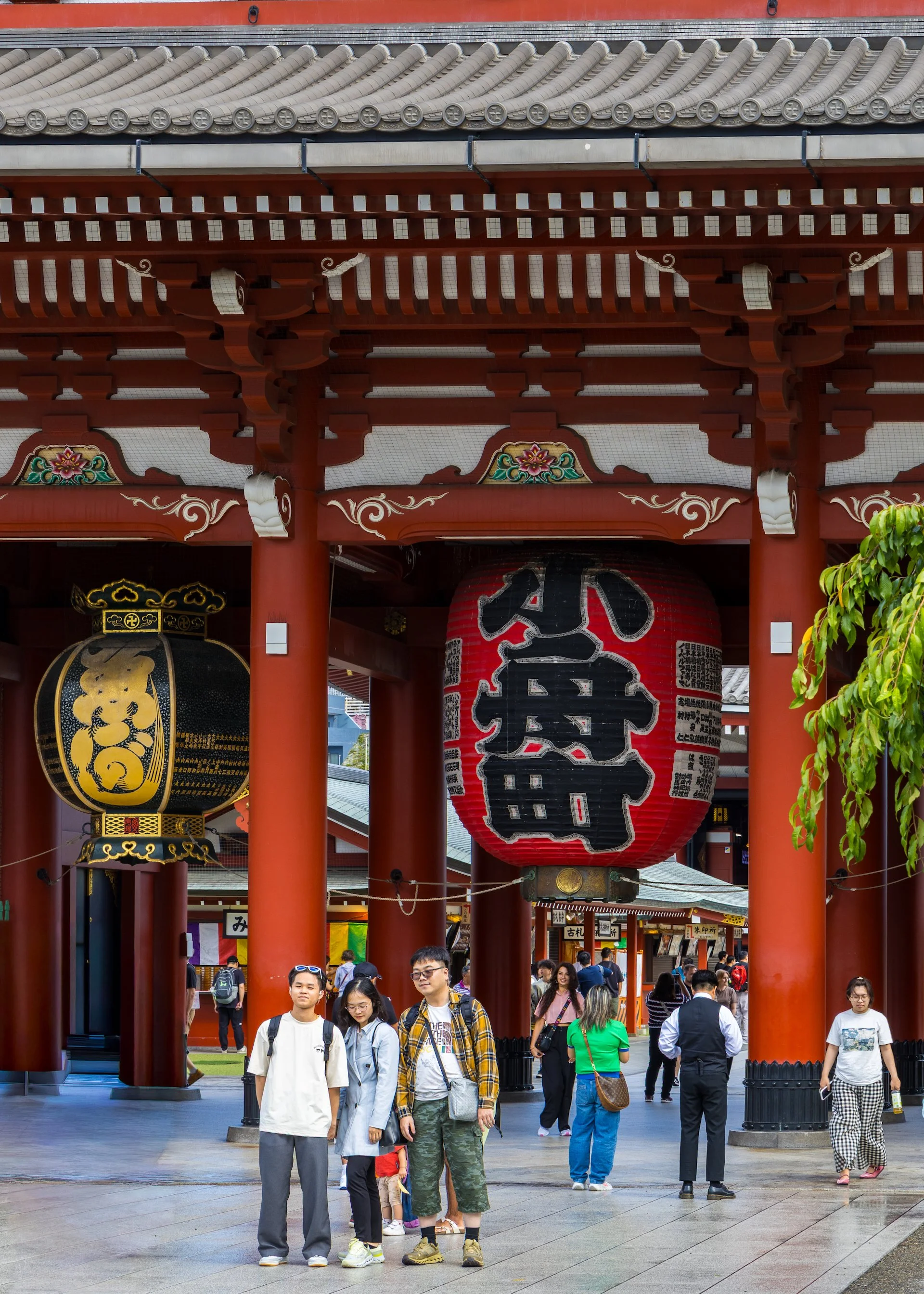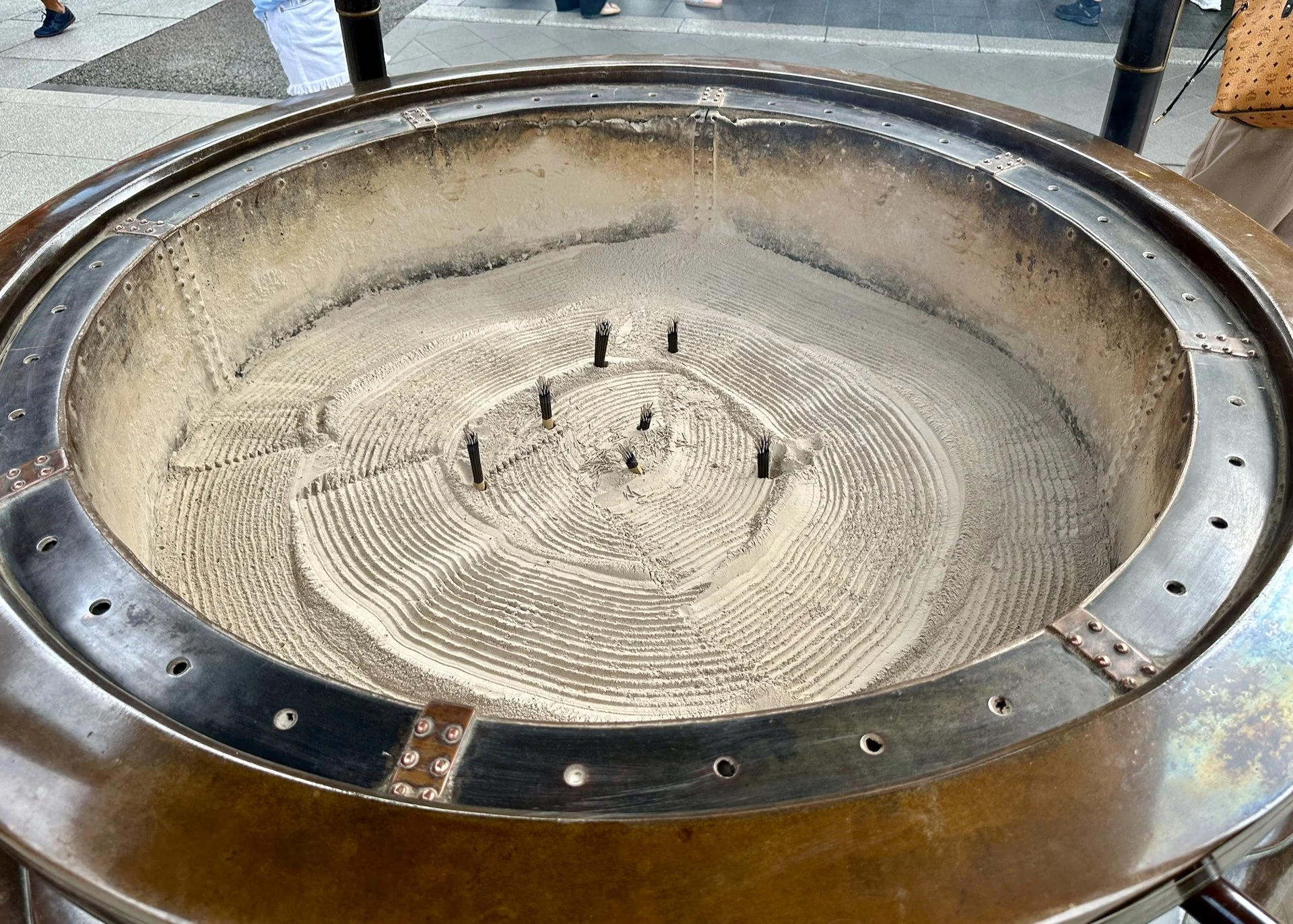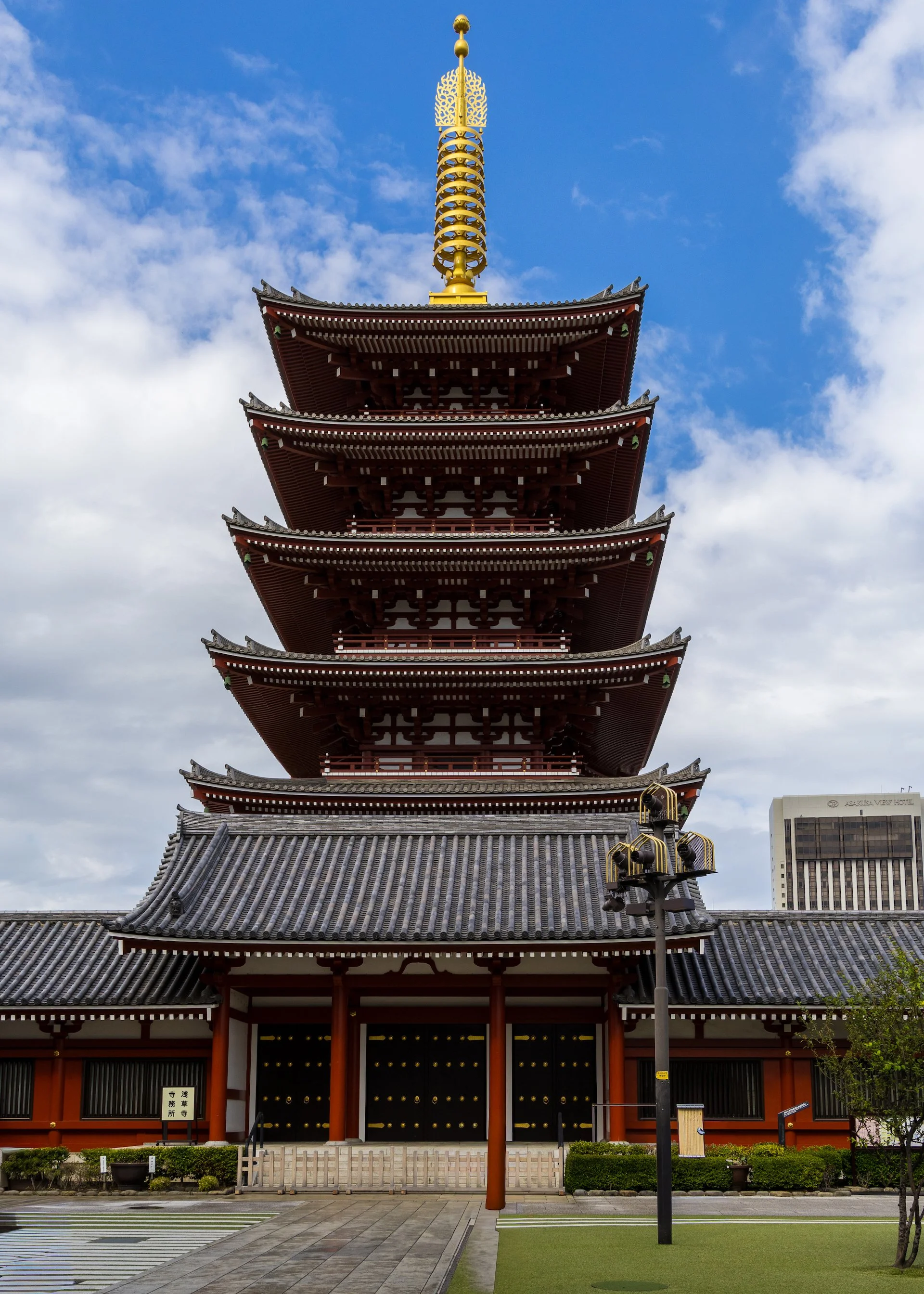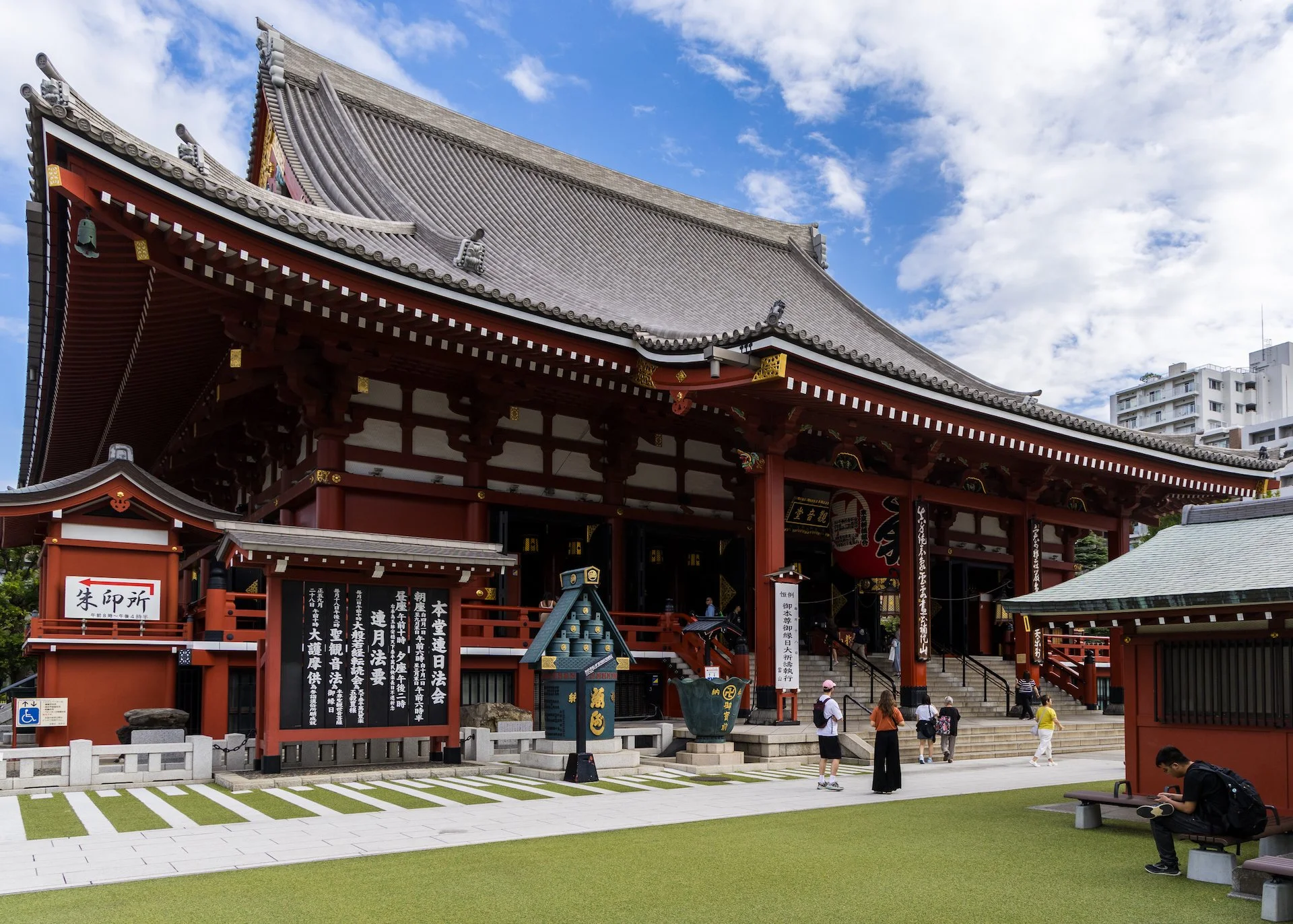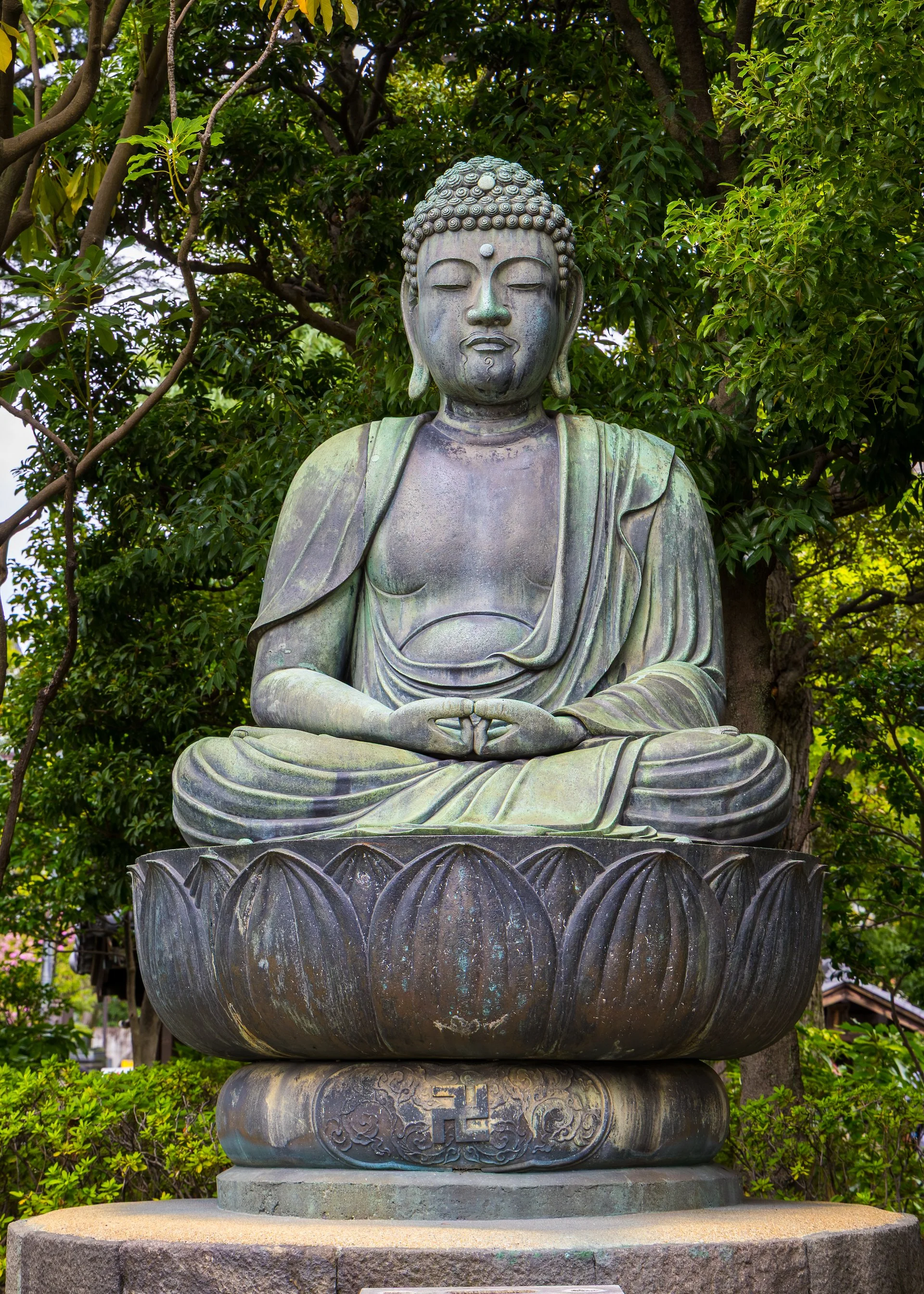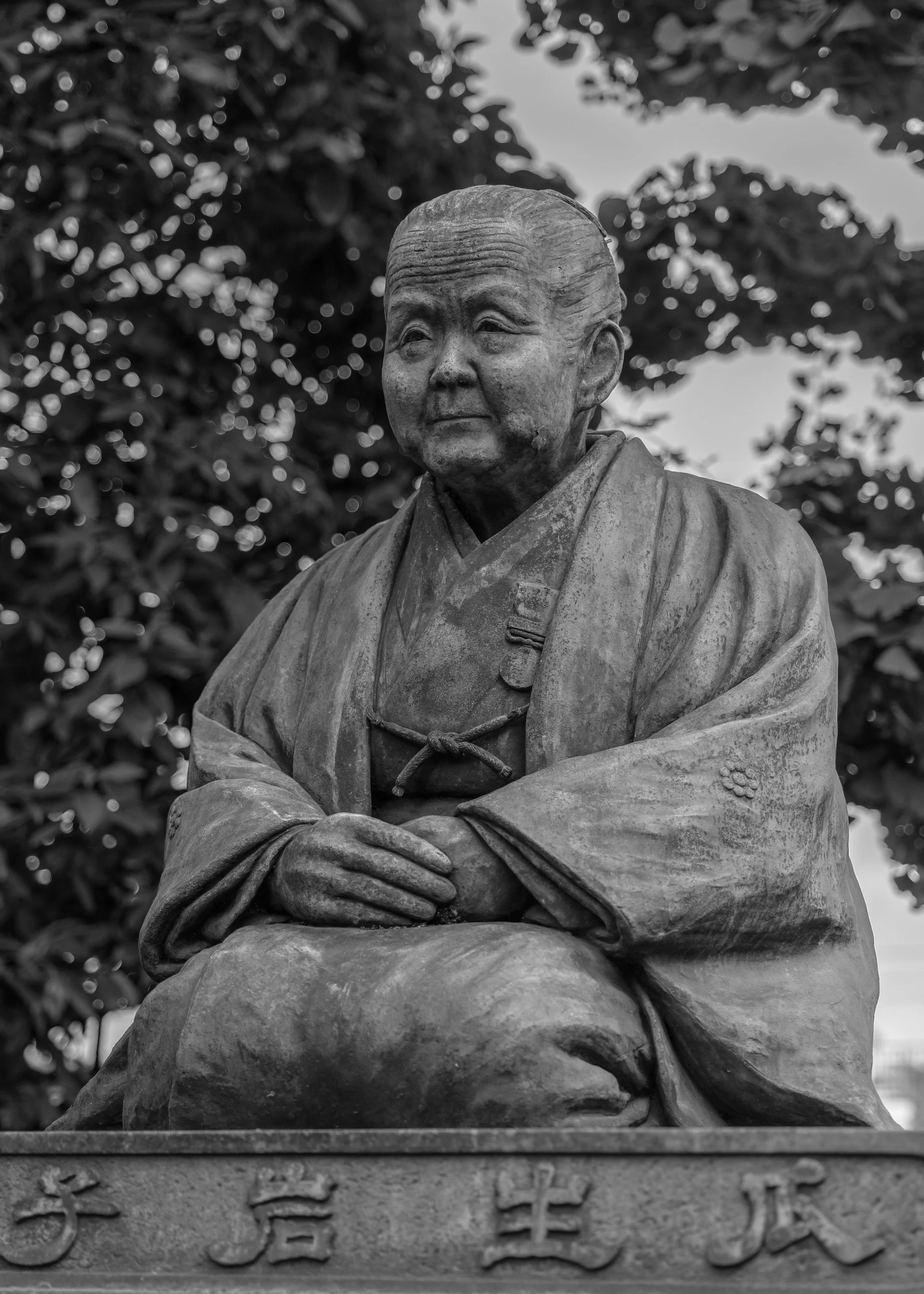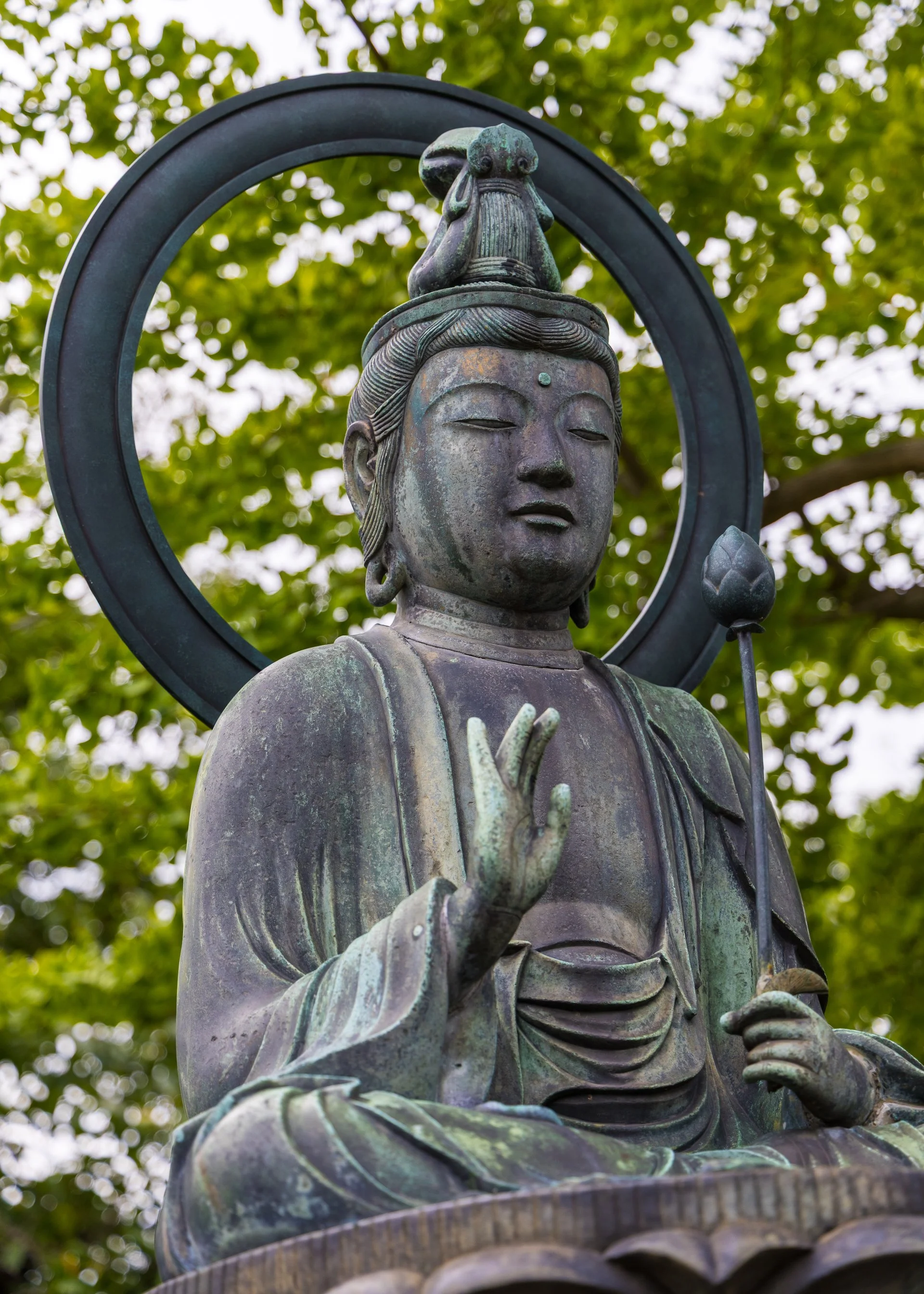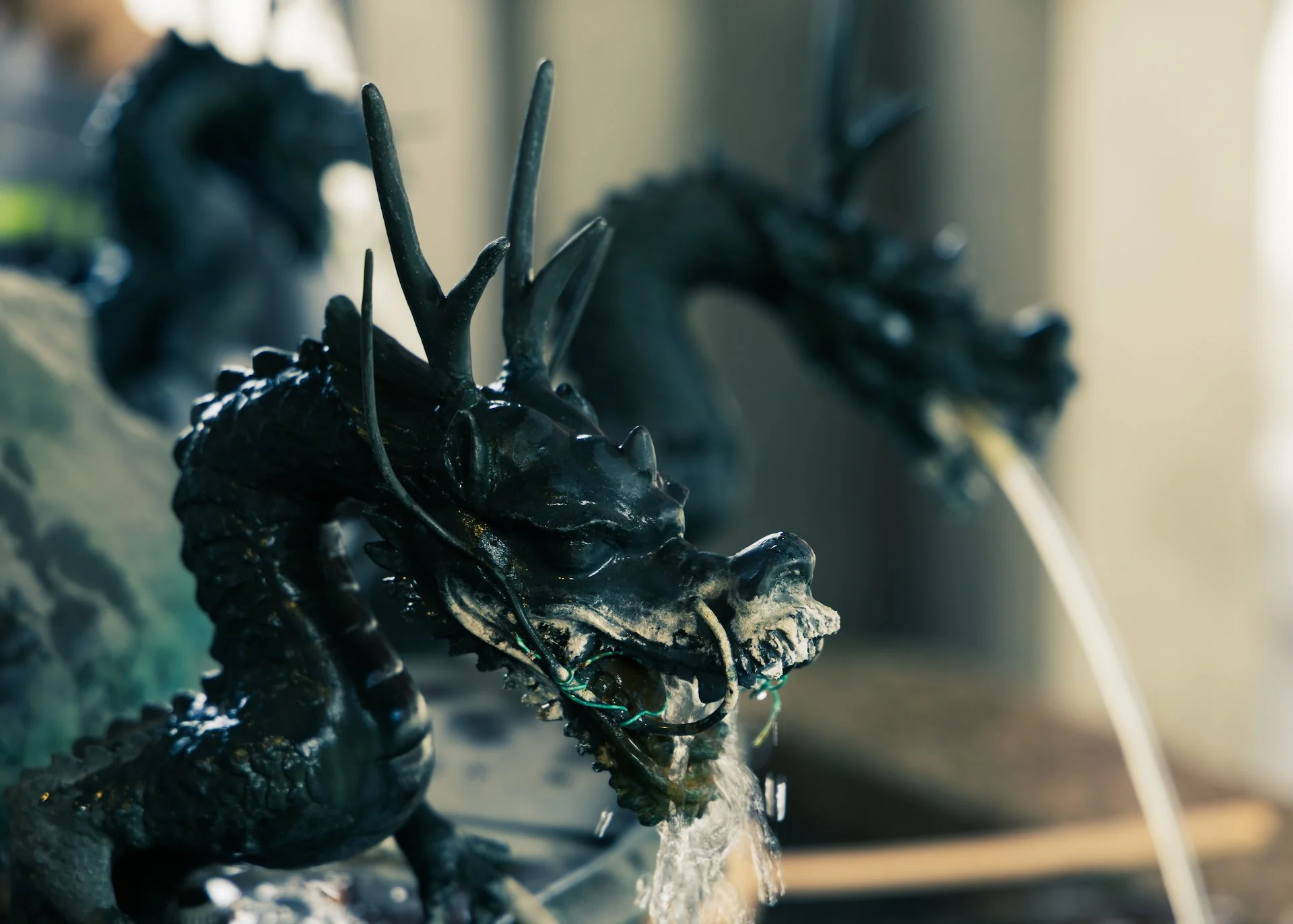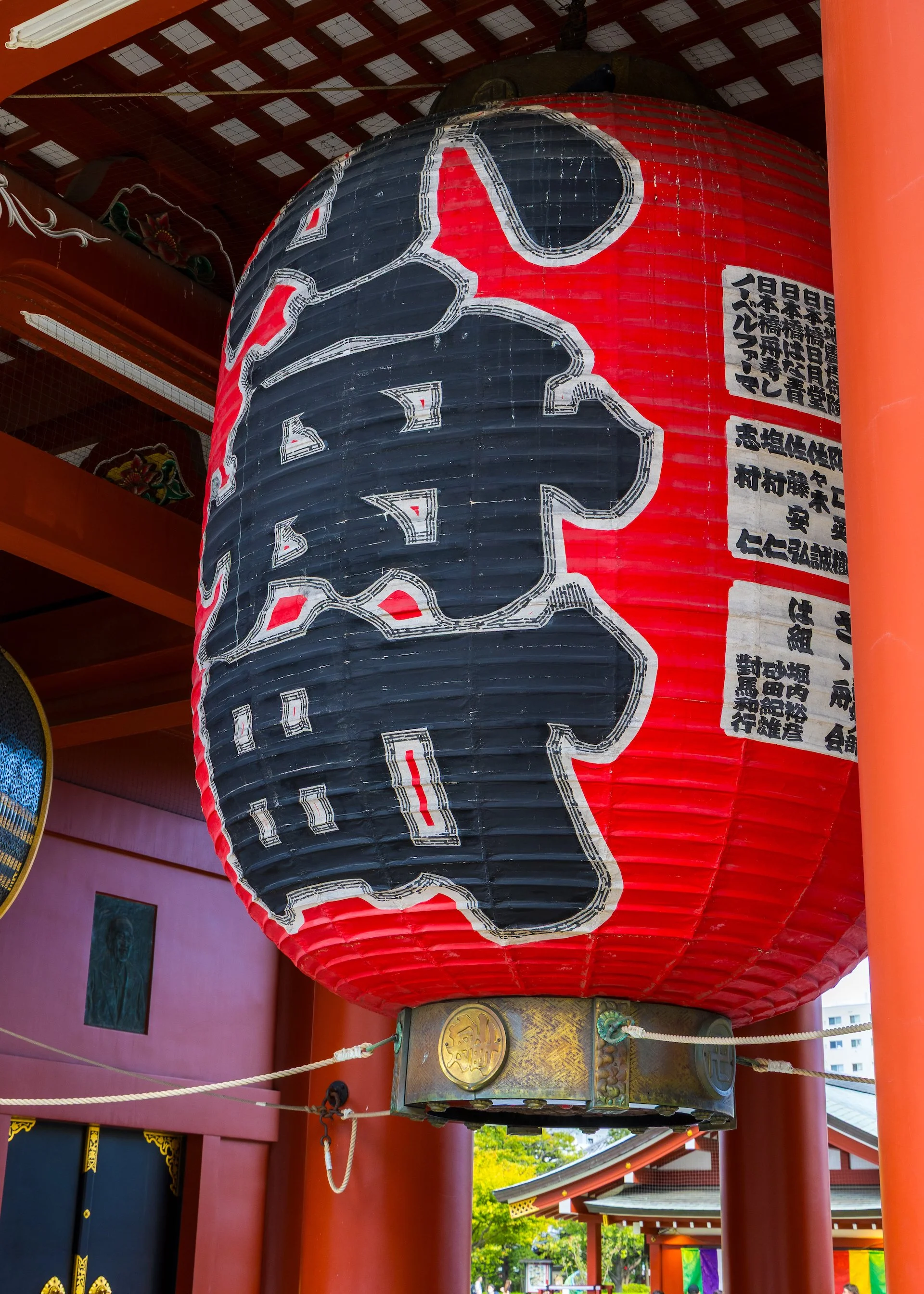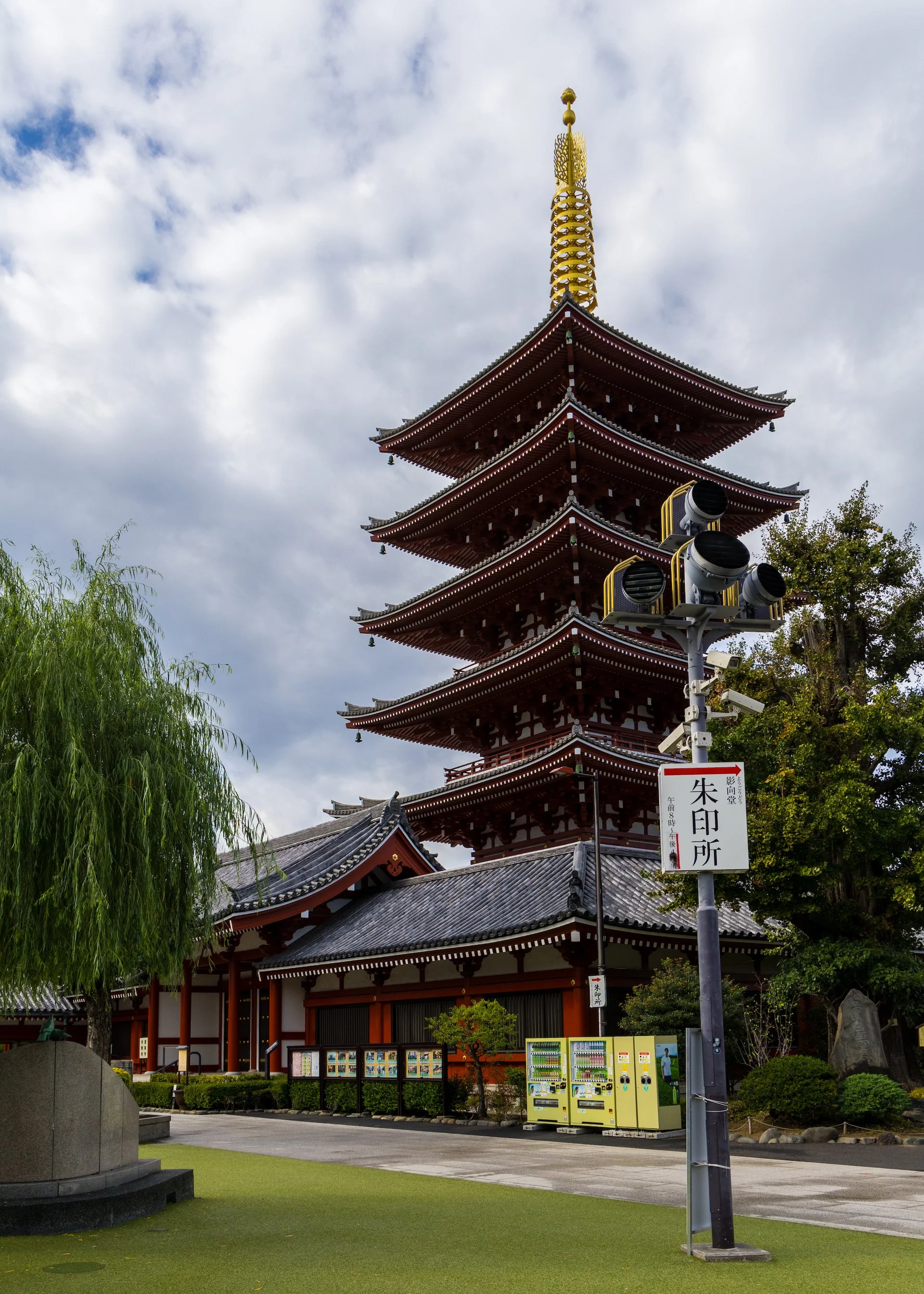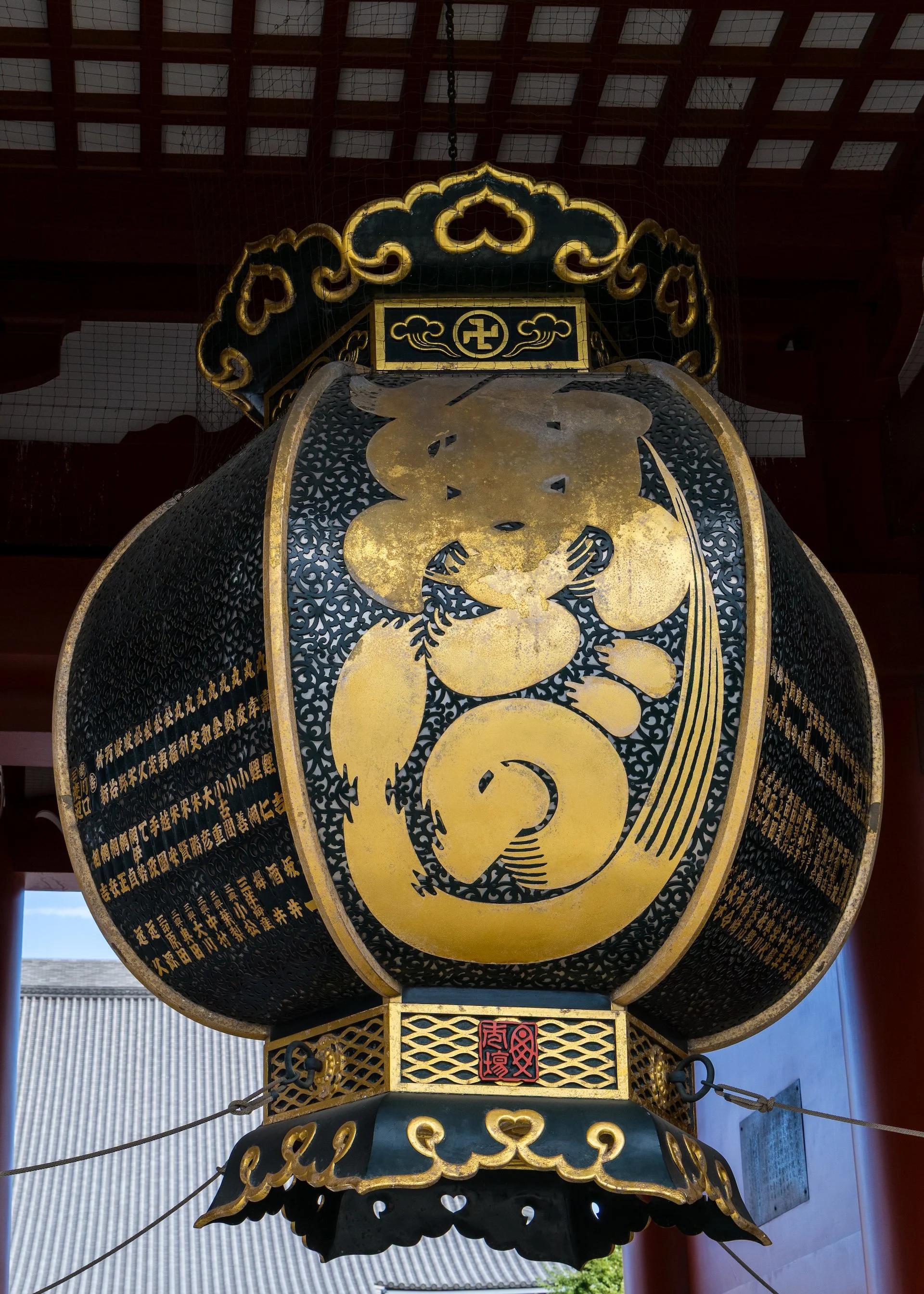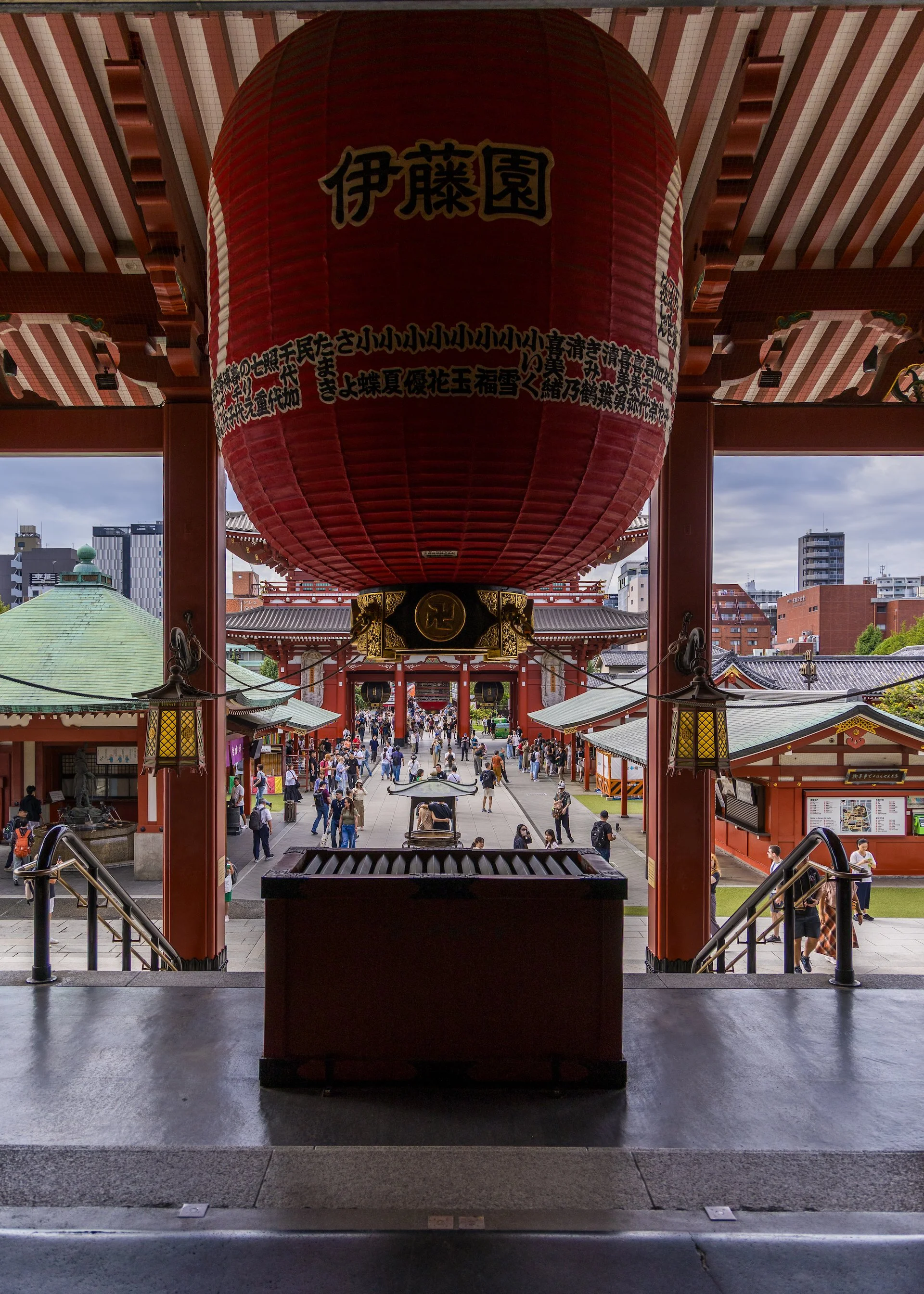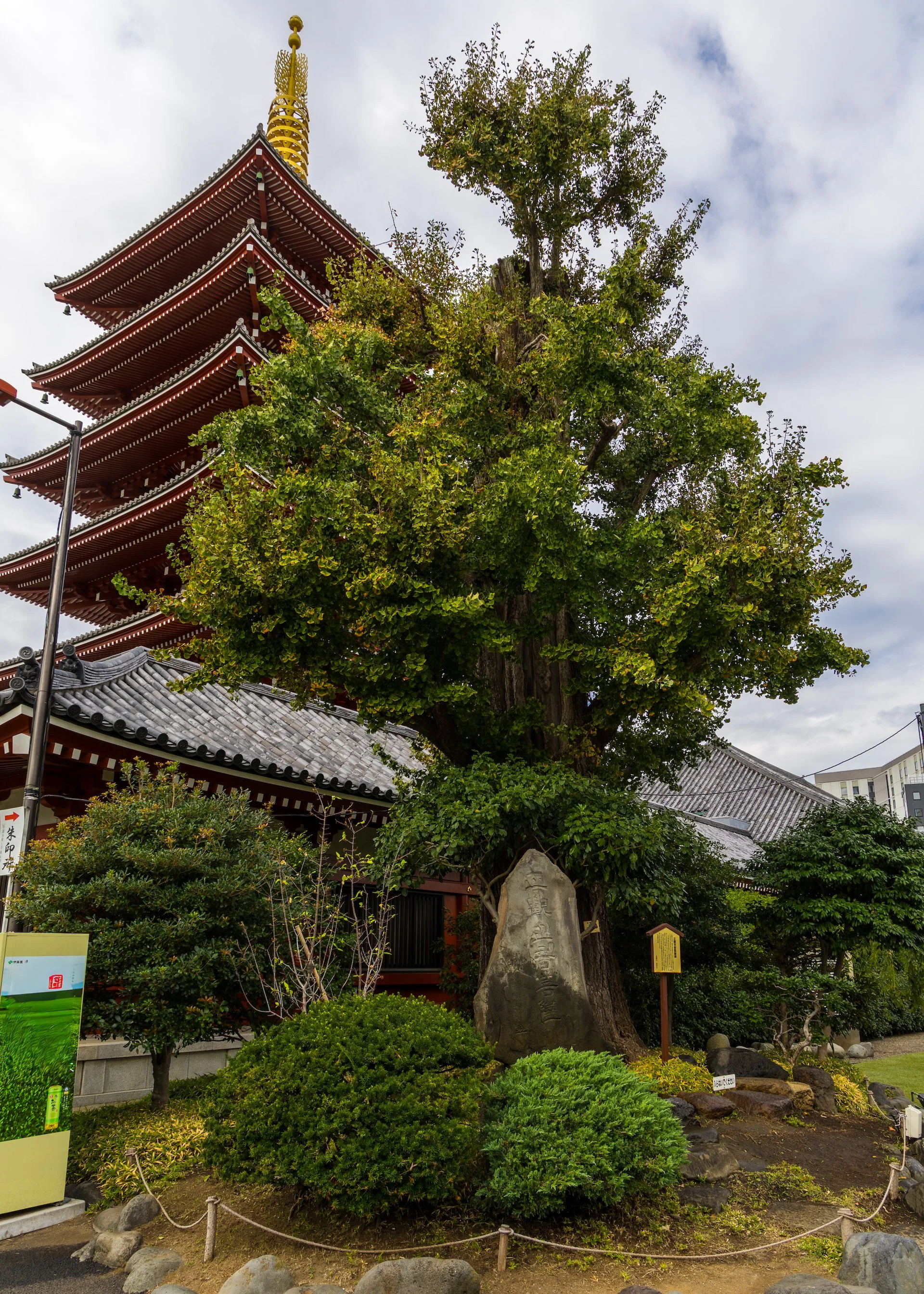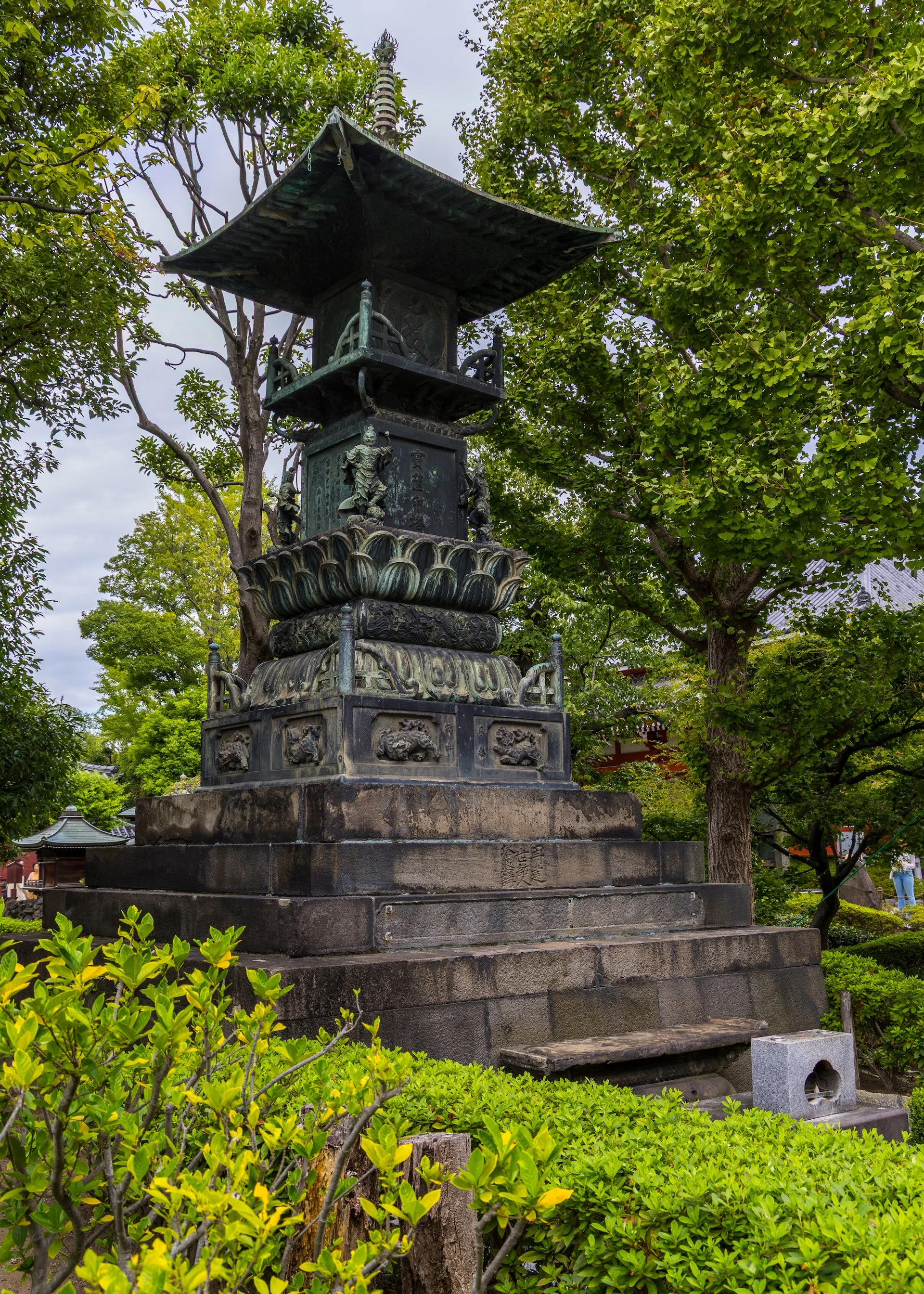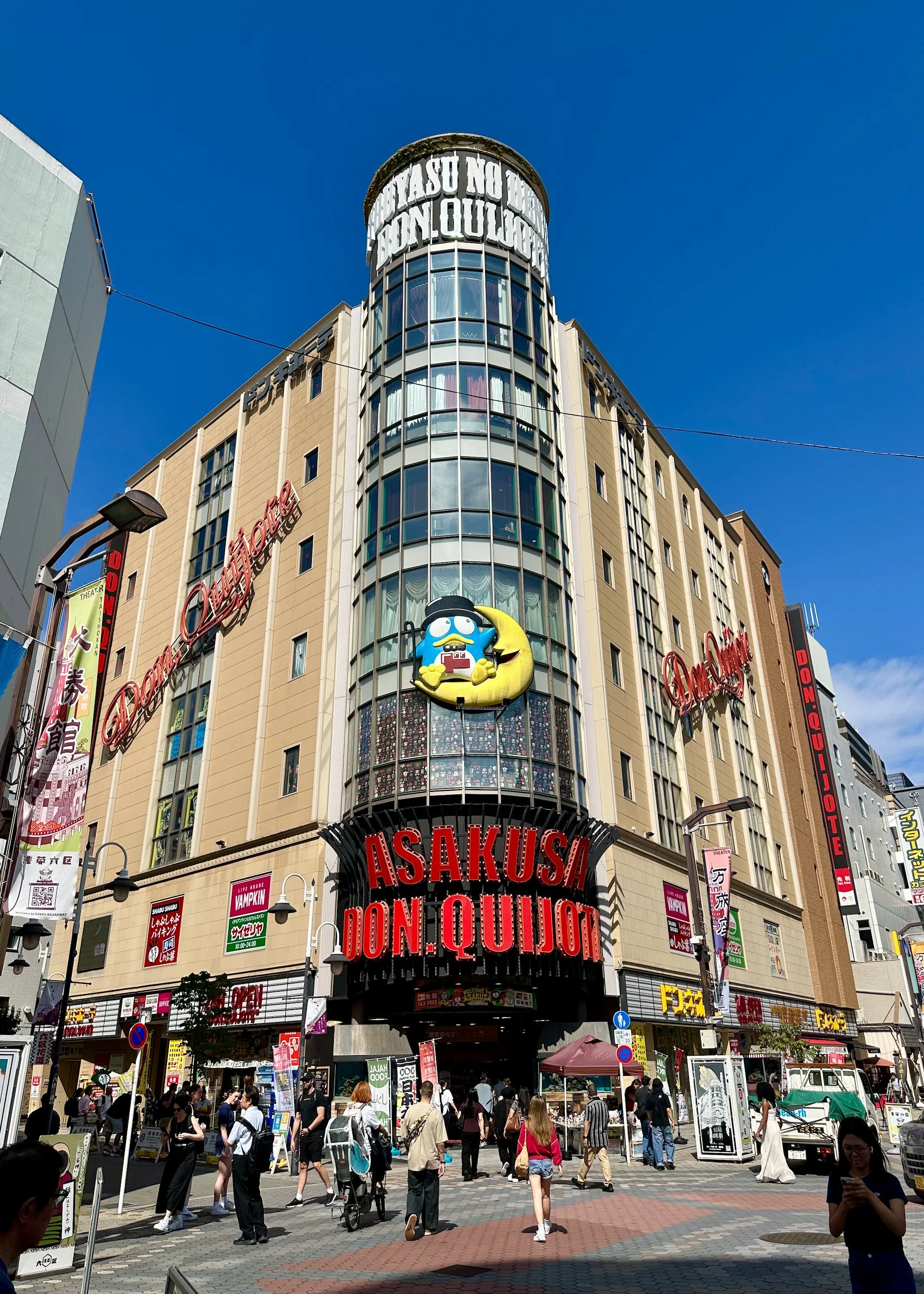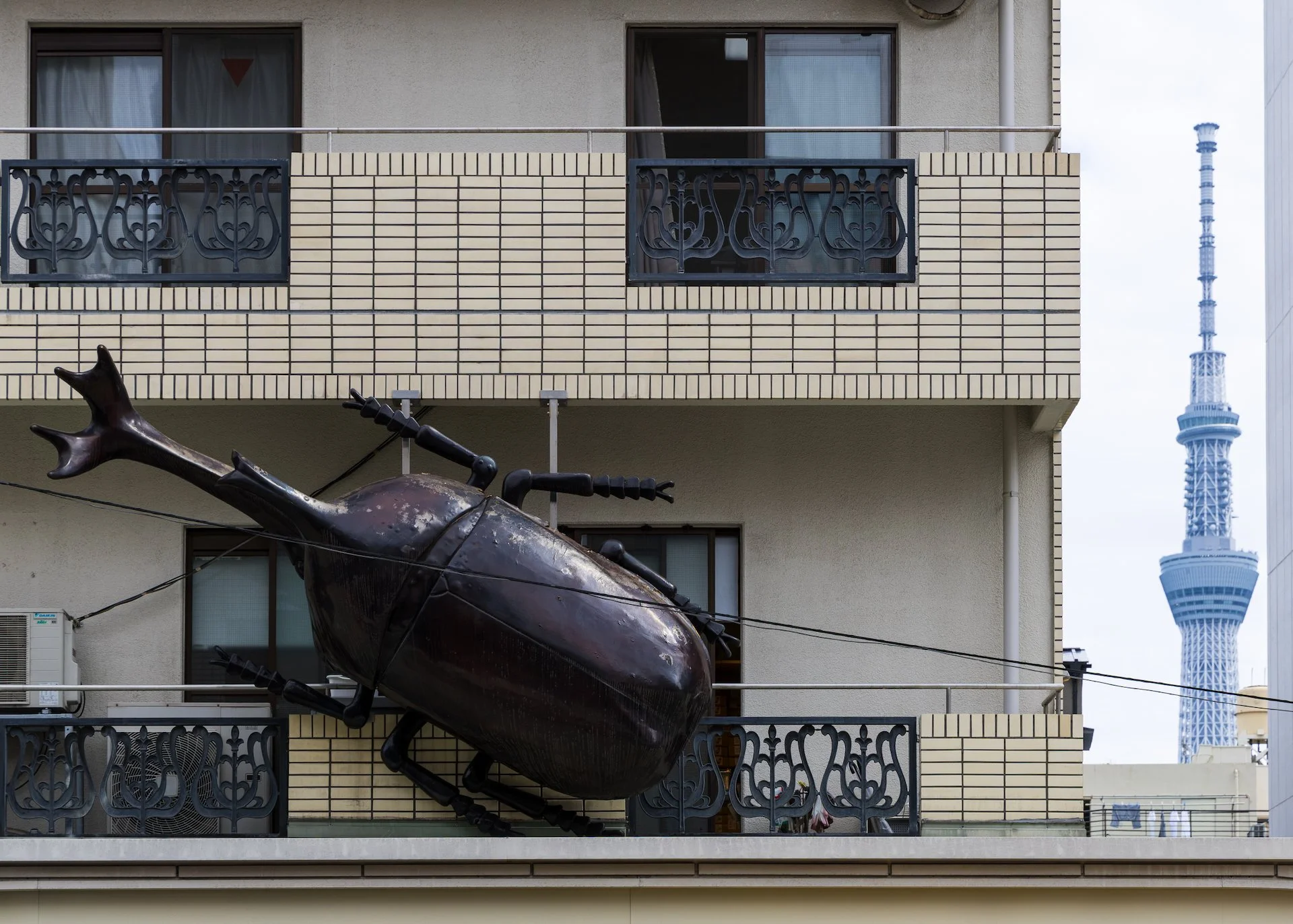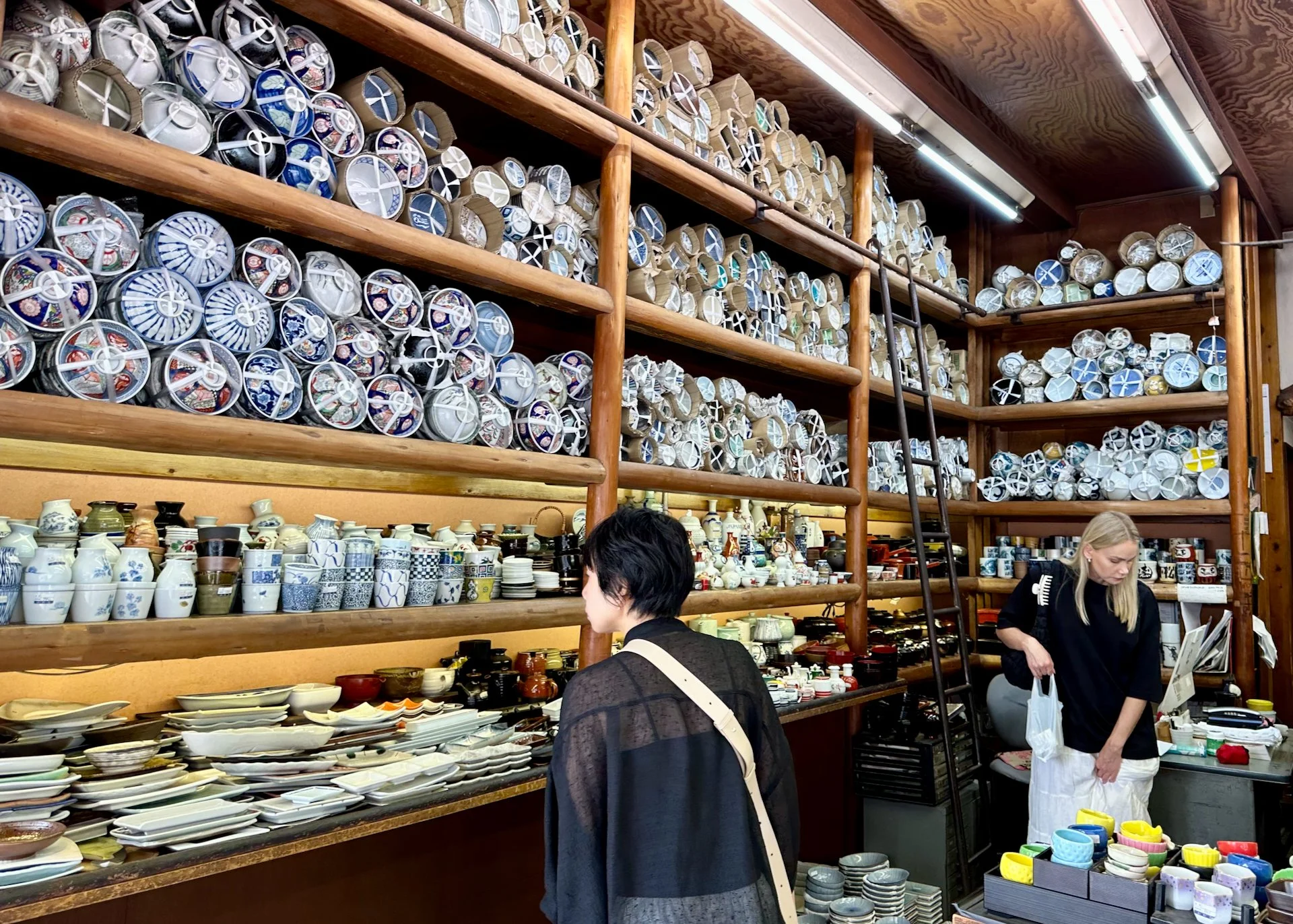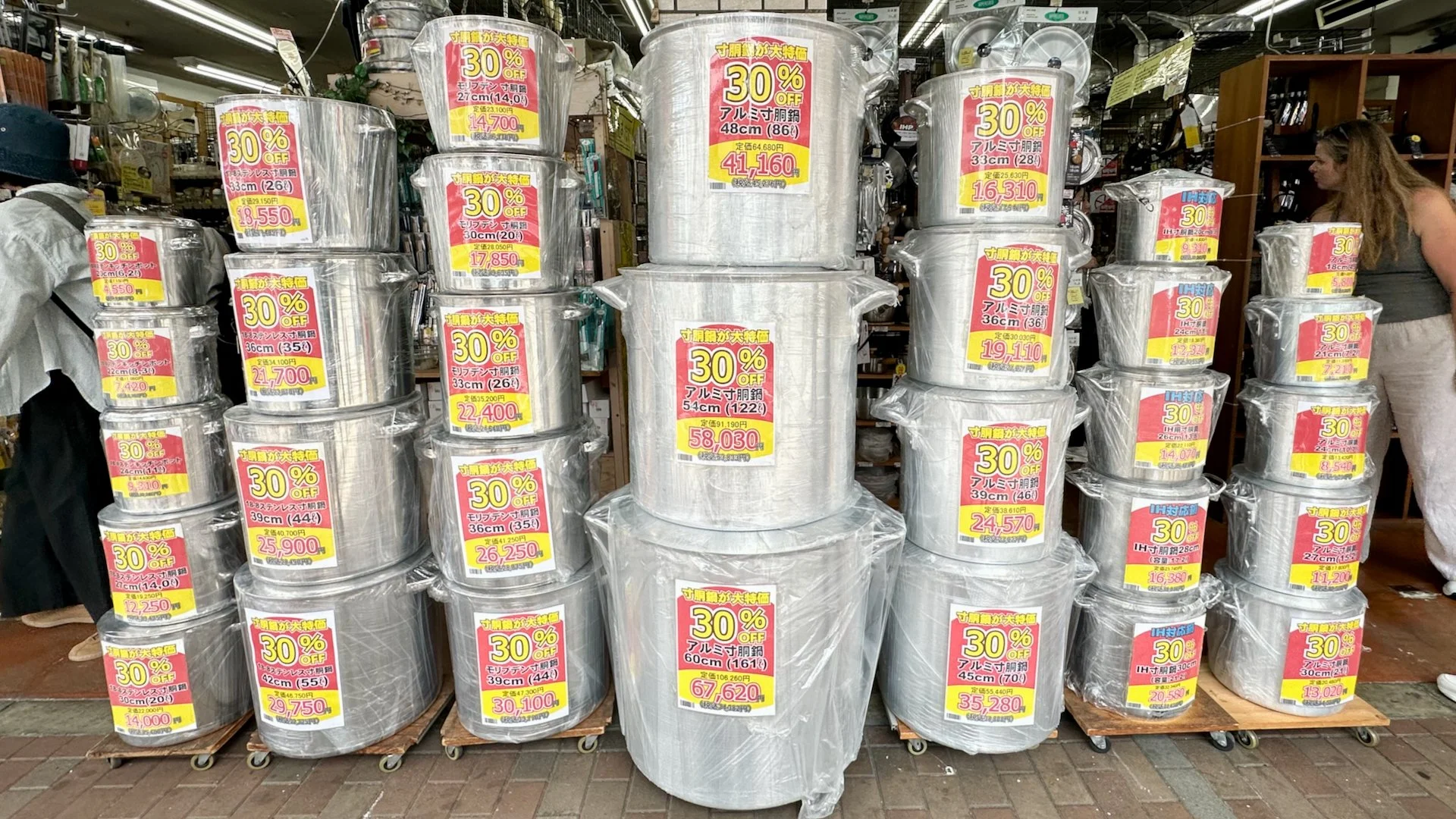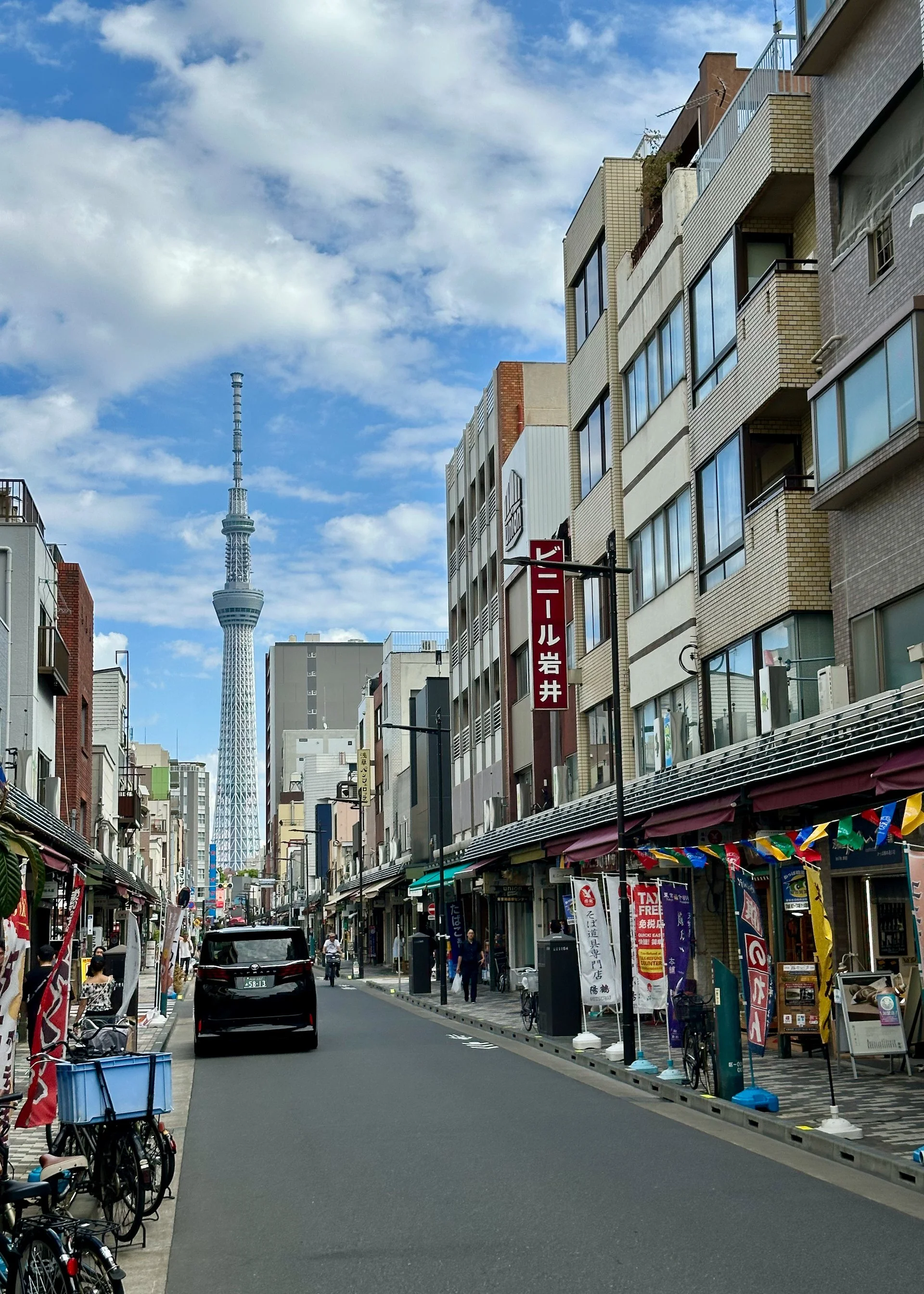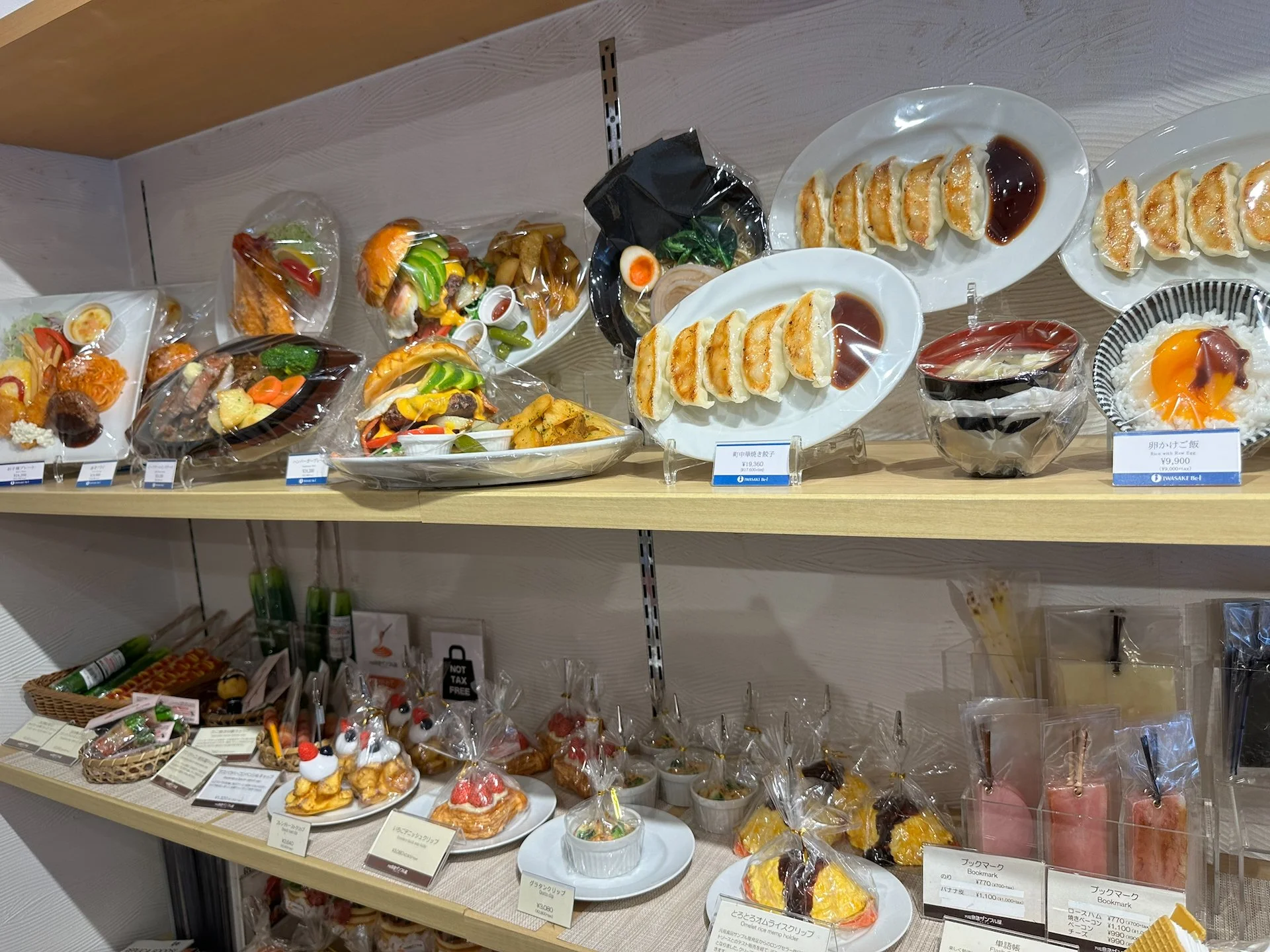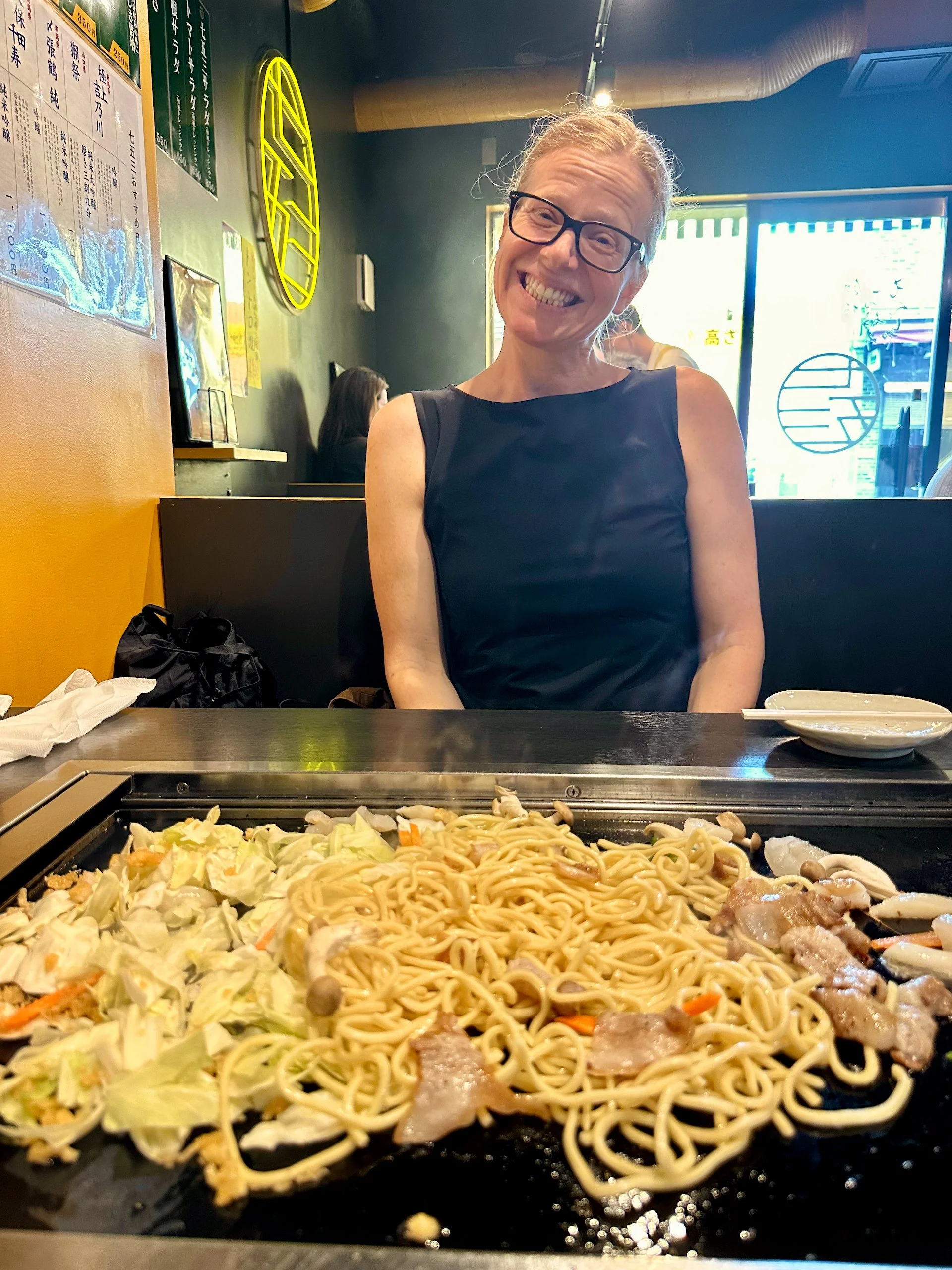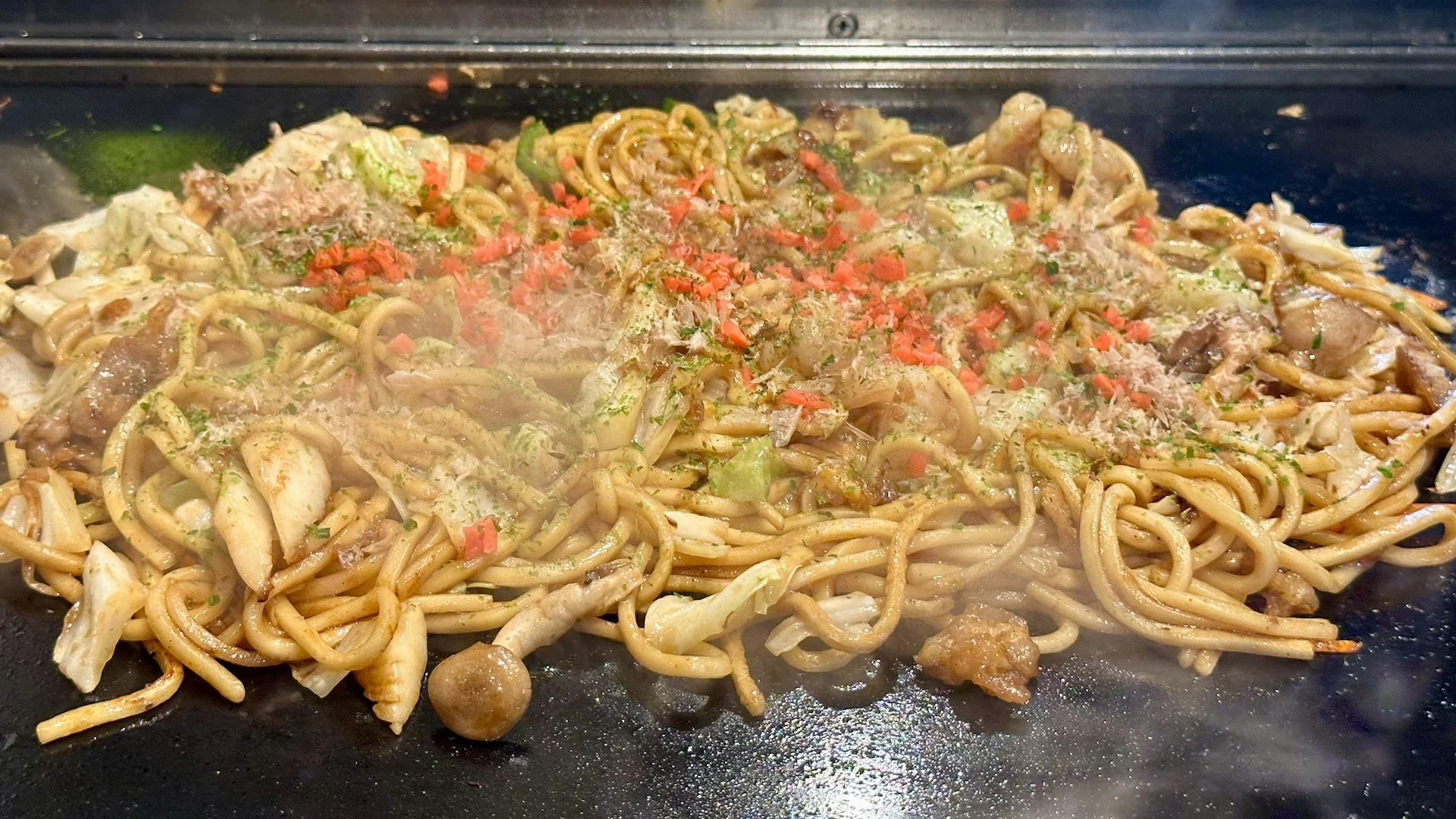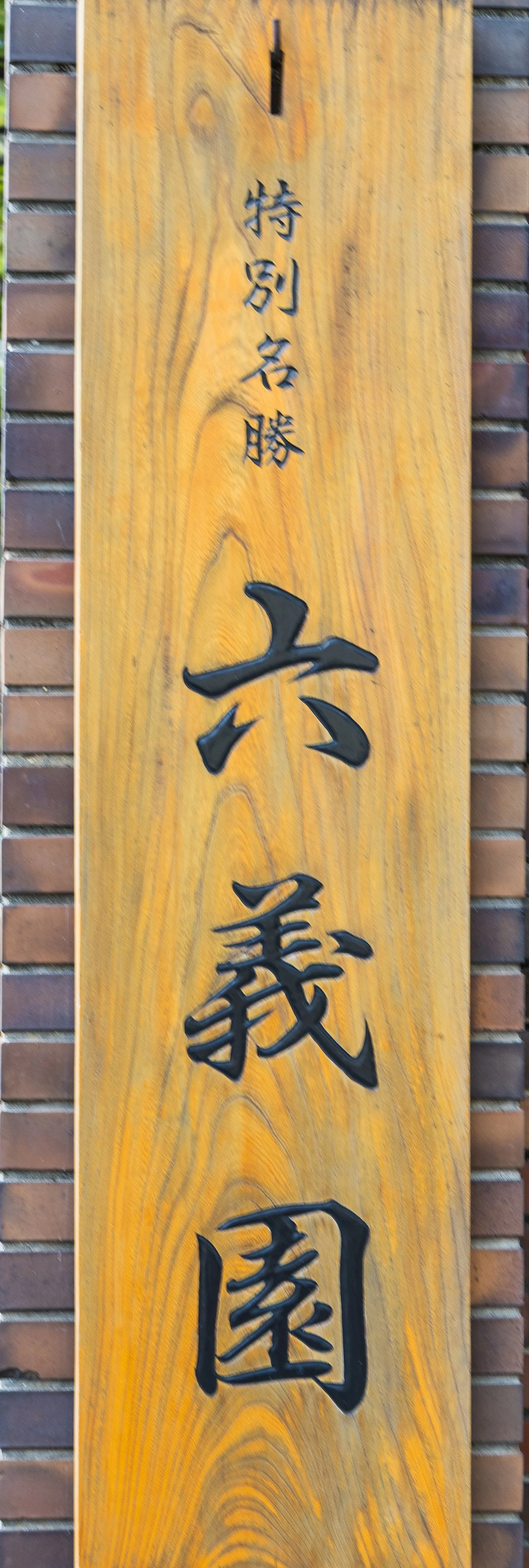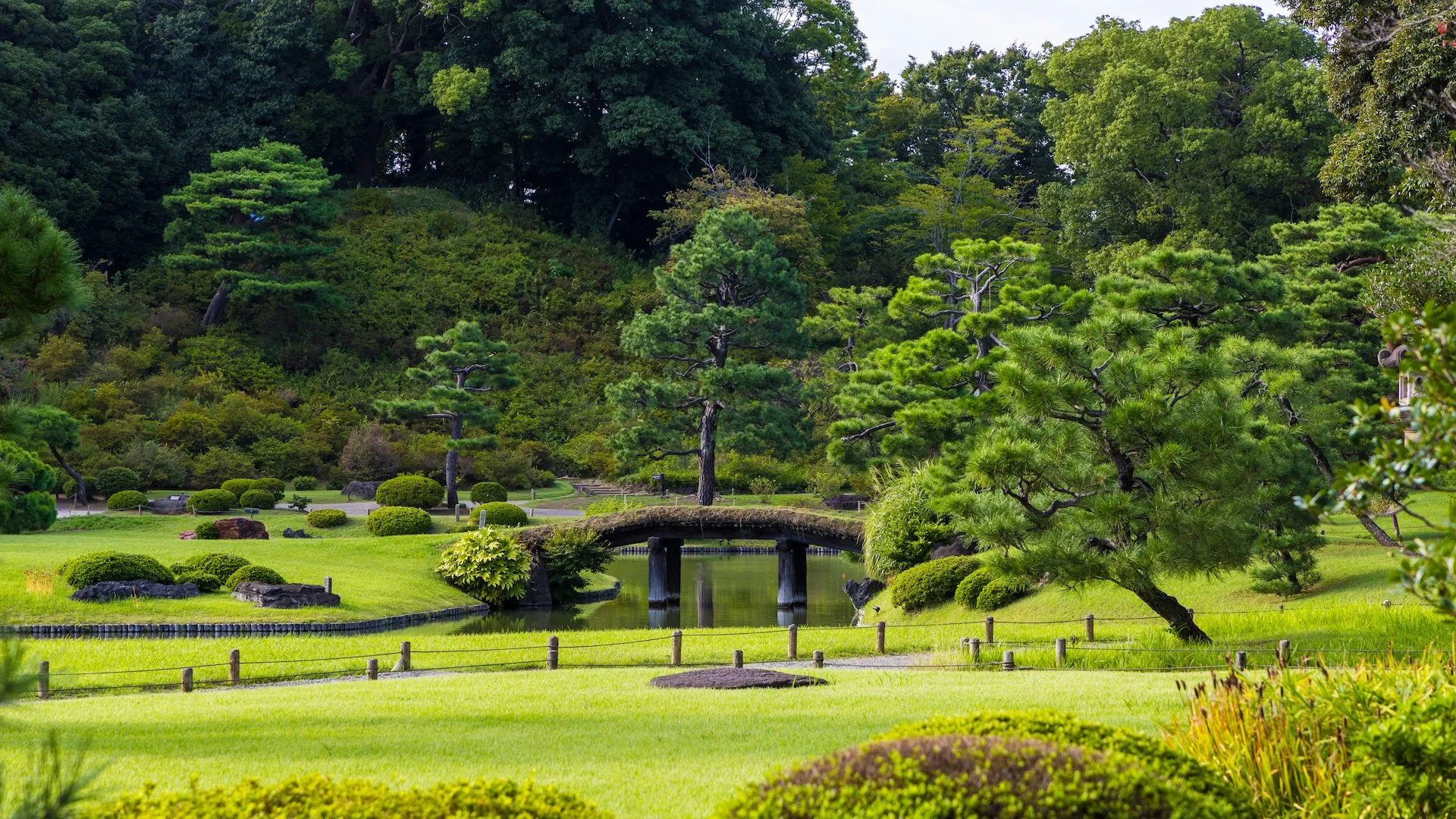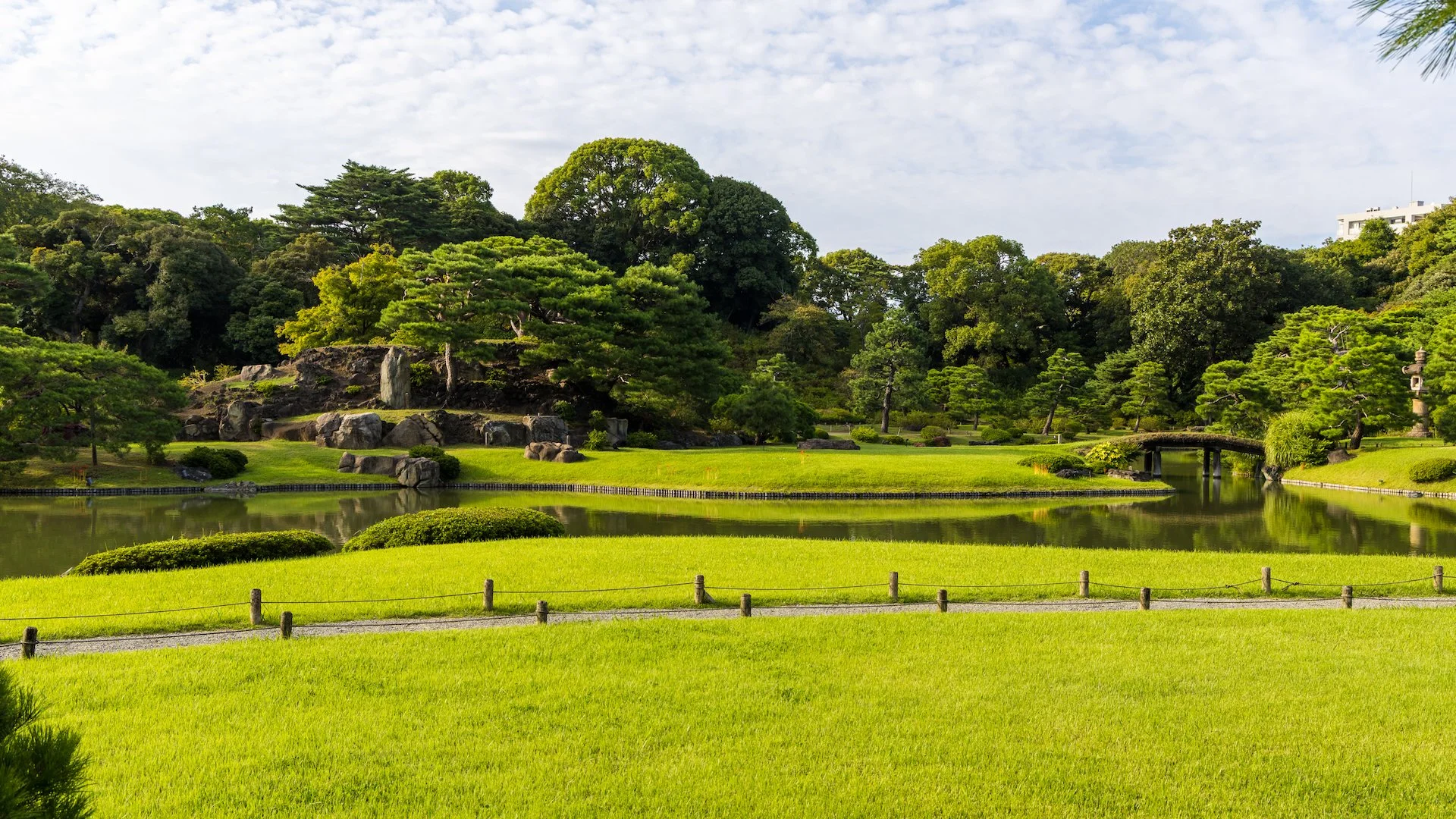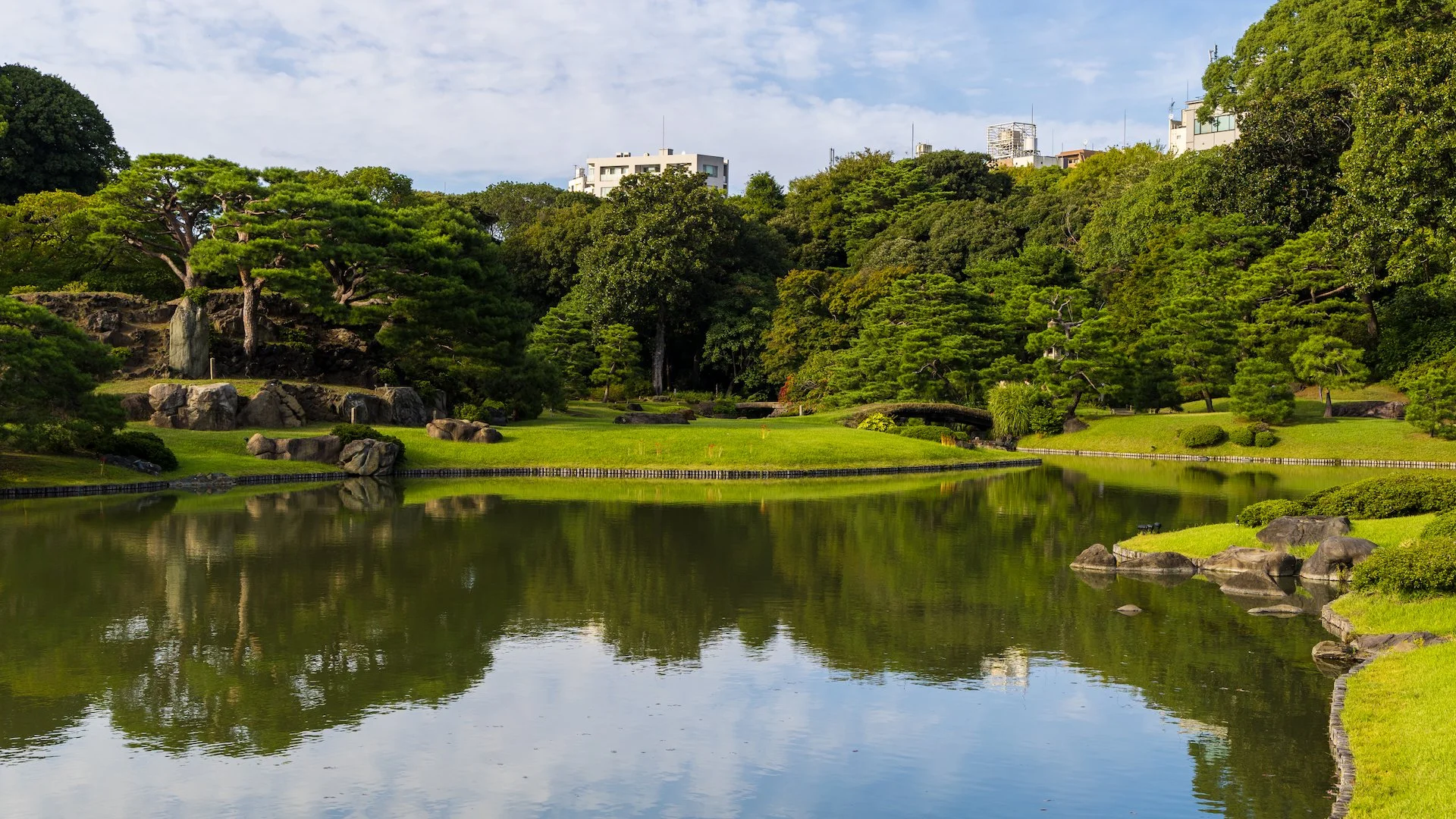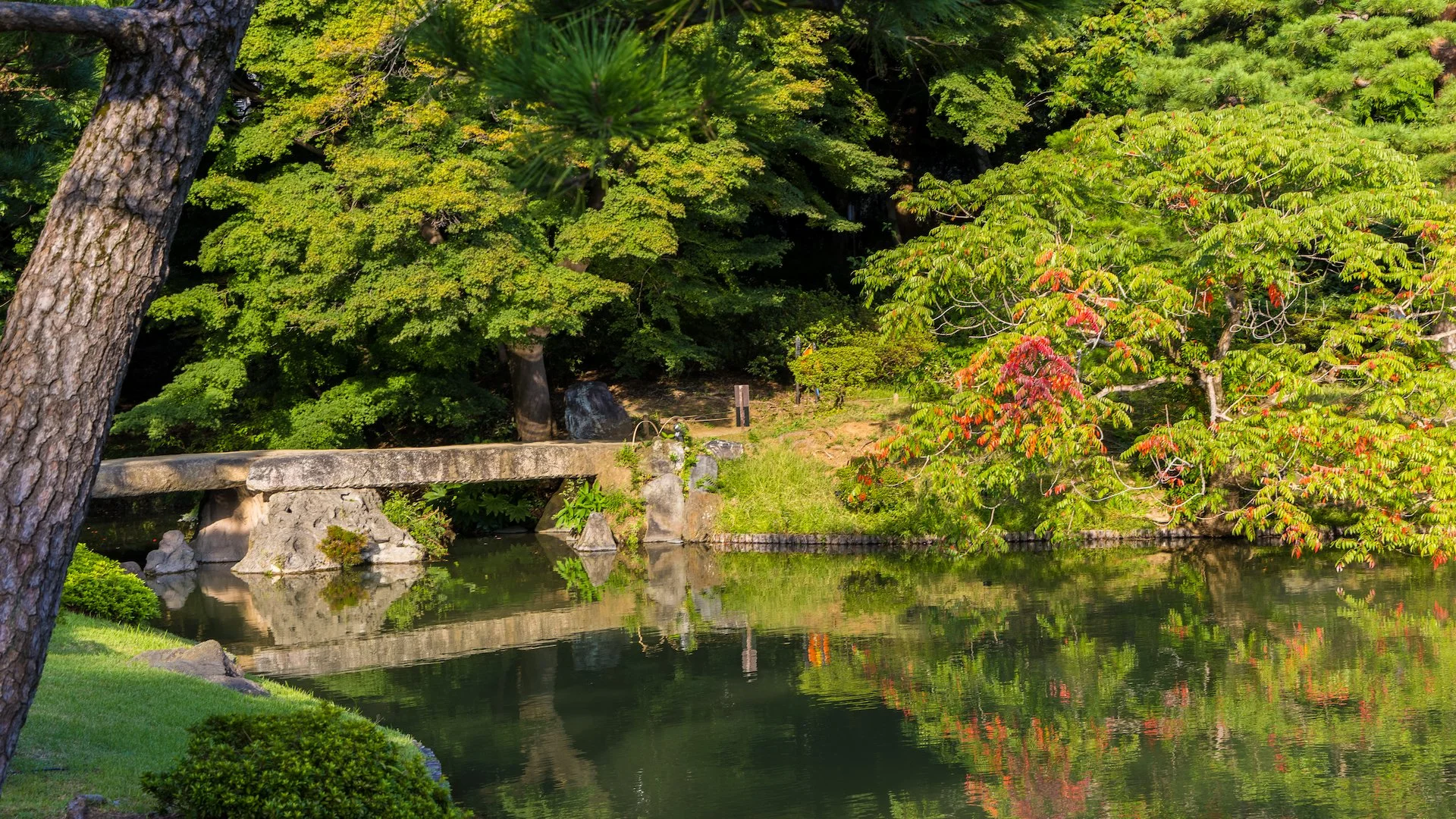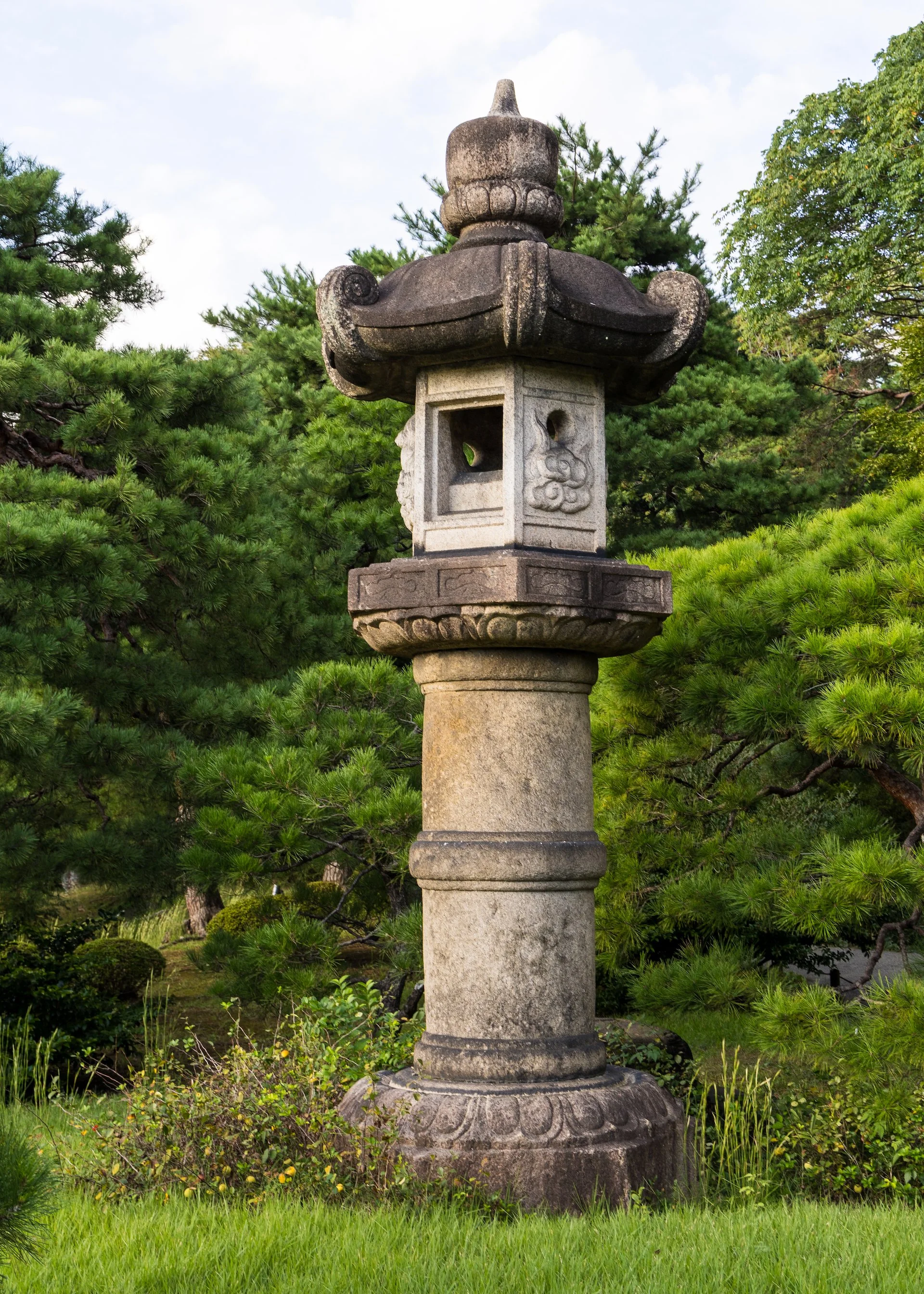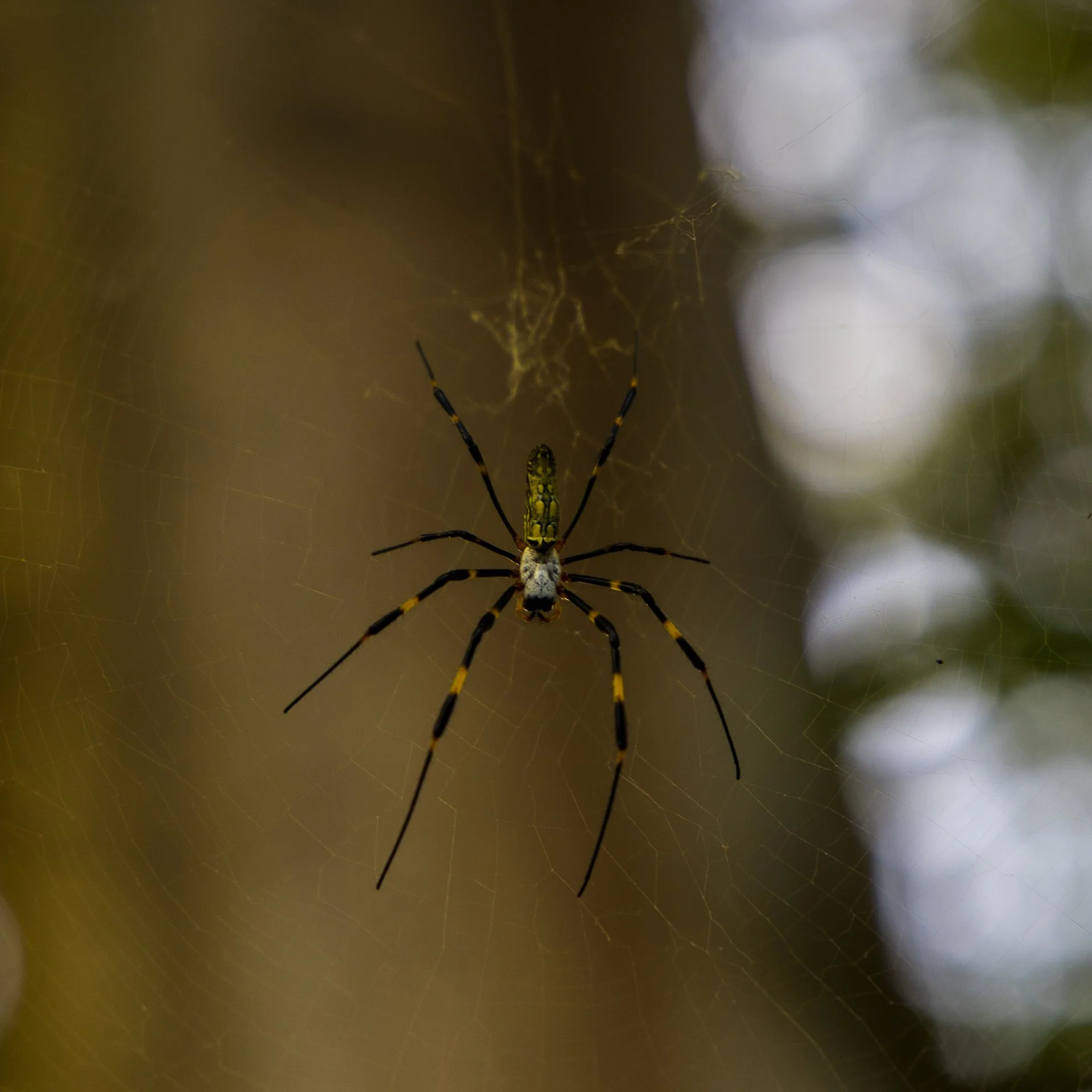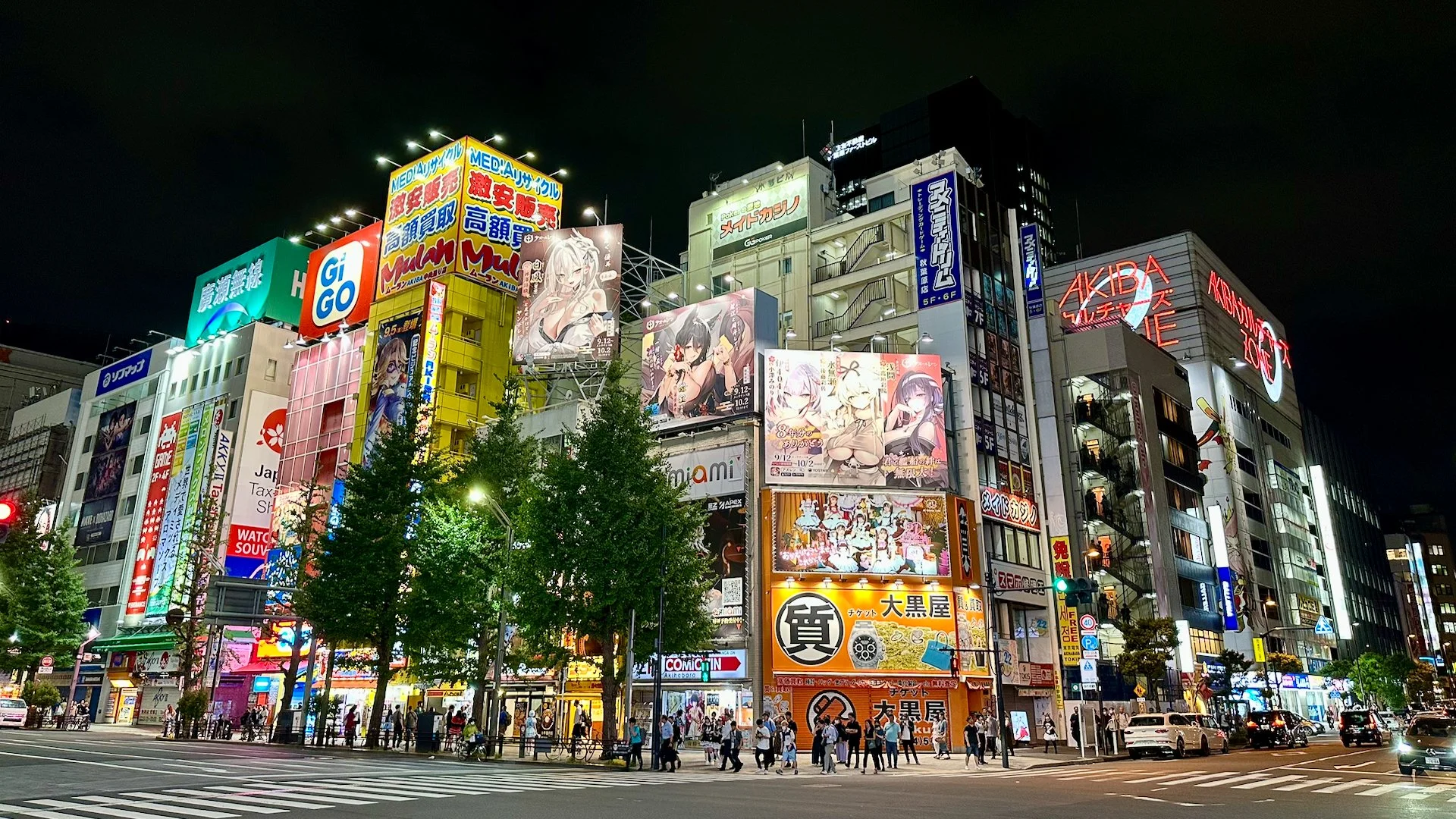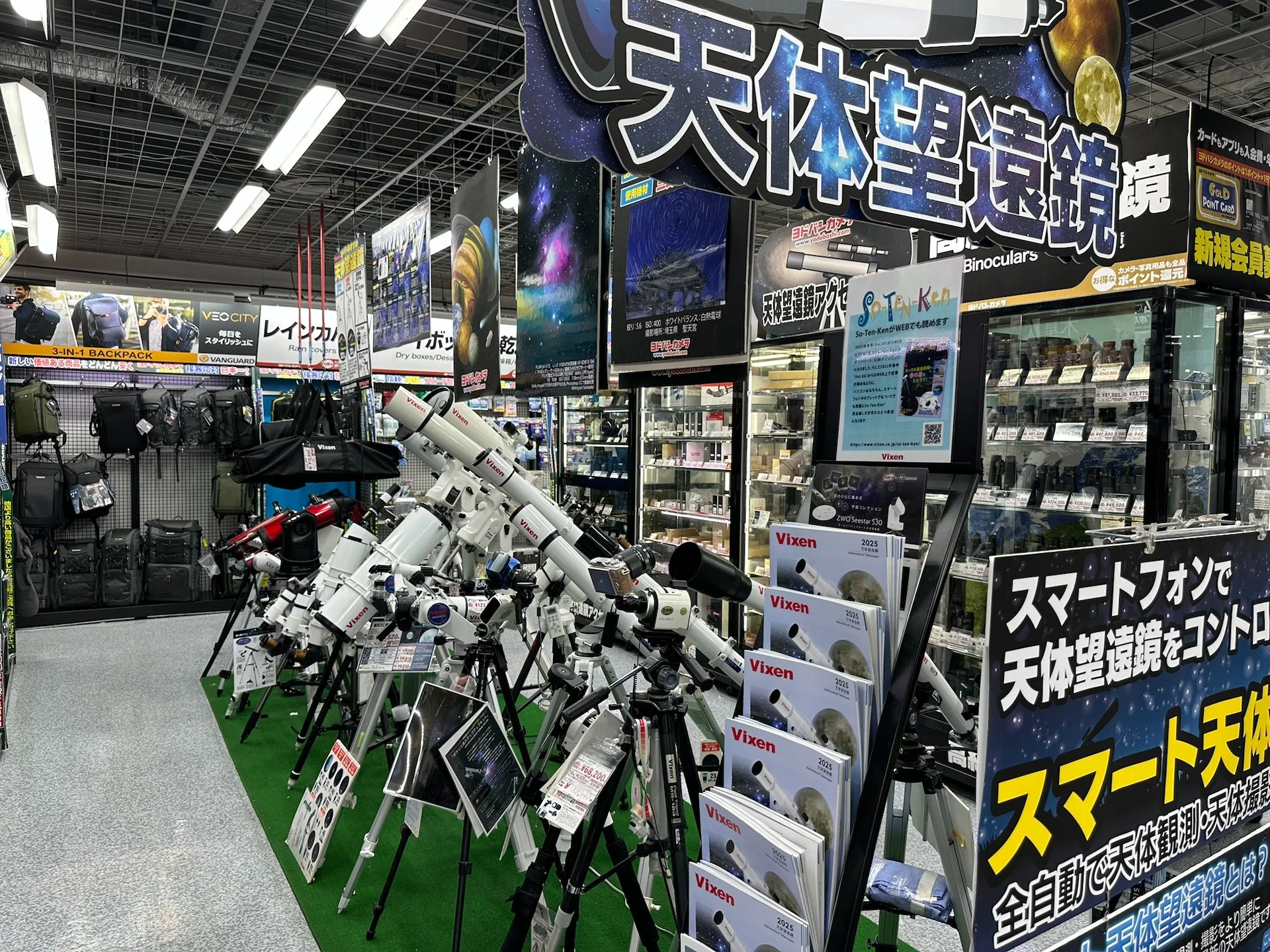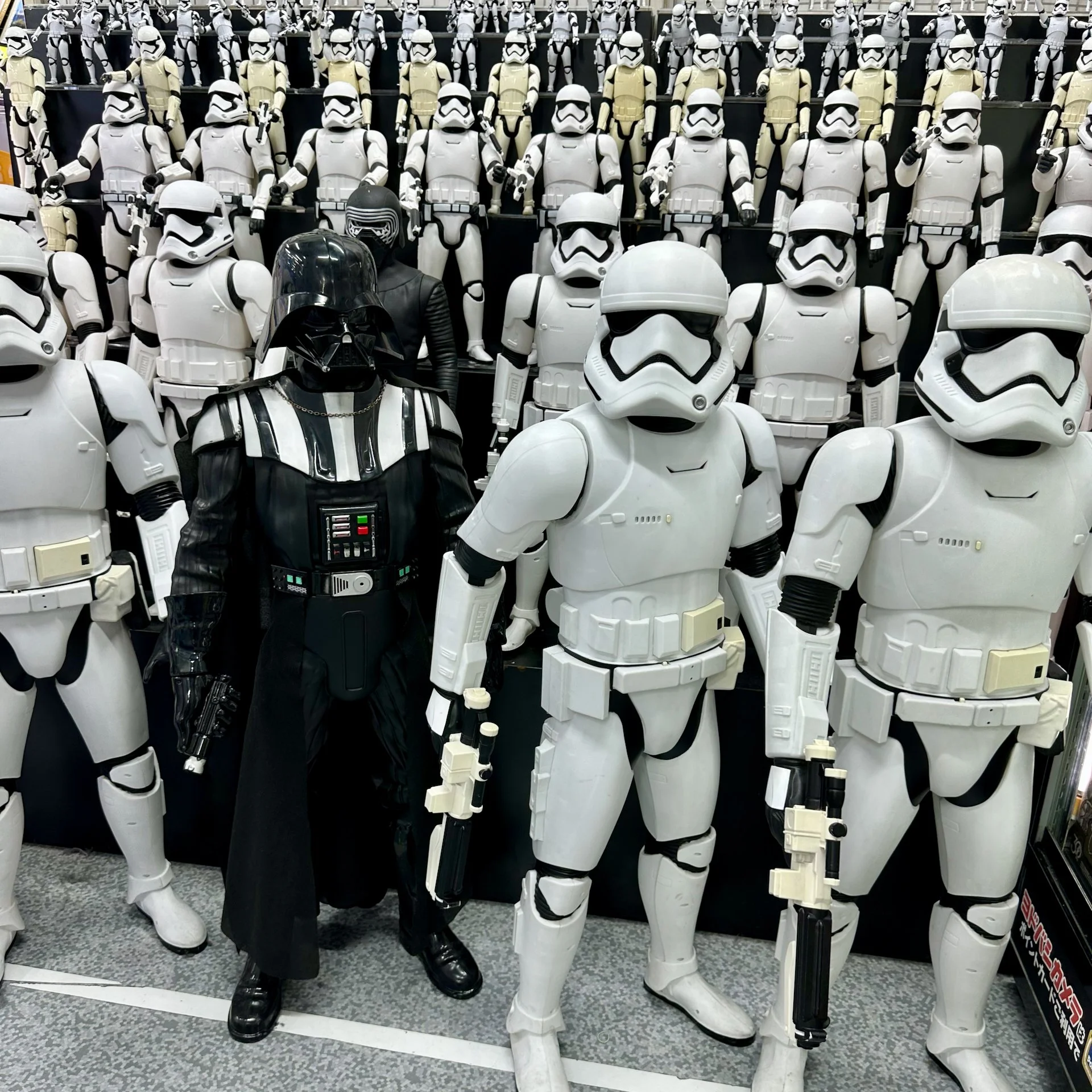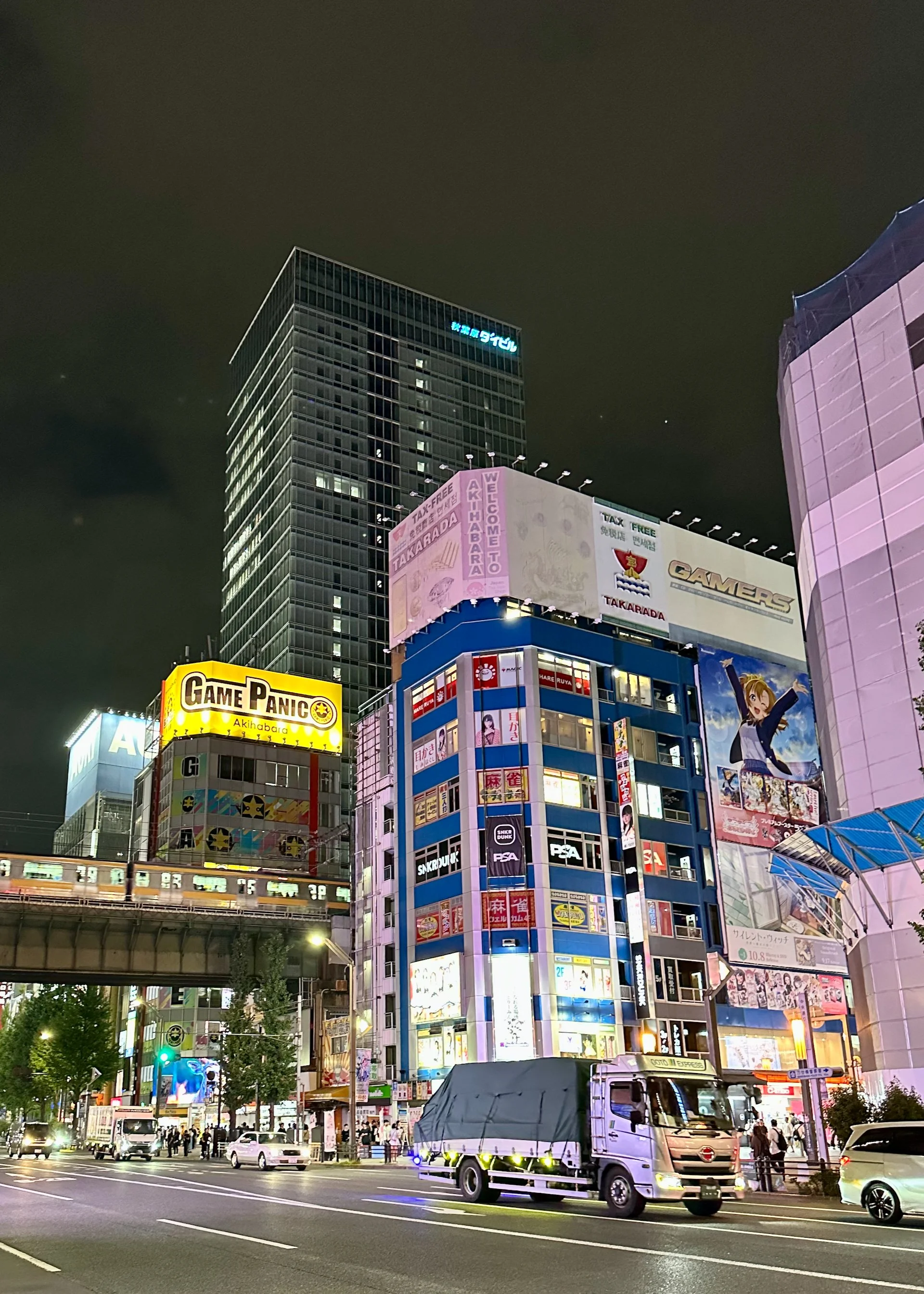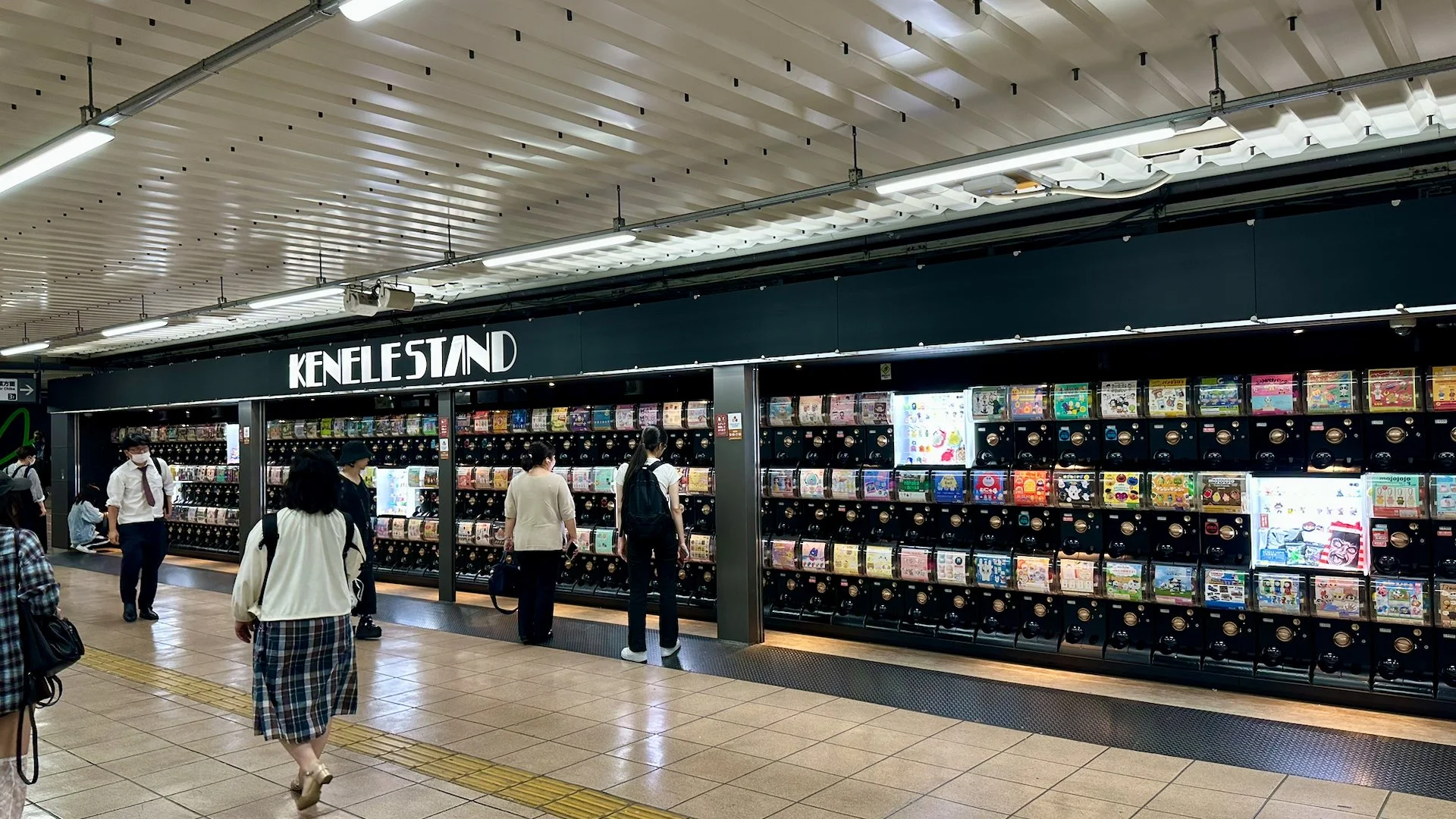Tuesday September 30
After a big day yesterday, we had another long one with lots of exploring today! We were heading to the Sensjo-ji Temple in Asakusa, to check out that magnificent temple and grounds. This place is famous for its huge crowds so we planned to get there early. We hopped on the subway and took our longest trip to date. It was about 35 minutes to the stop near the temple.
We came at the Temple from the “wrong” end, accessing from the subway stop we used. So we got to walk up Nakamise-dōri, the shopping street before it opened, while it was not busy. You’ll see “busy” in a little bit.
Some very beautiful lanterns along the road.
From the subway it was about a 10 minute walk up to the temple grounds and the famous street that runs up to the temple, all lined with very tacky shops for tourists. But the temple itself makes it all worthwhile.
Sensō-ji is Tokyo's oldest and most vibrant Buddhist temple, attracting over 30 million visitors annually. Its history traces back to 628 AD, when, according to legend, two fishermen brothers pulled a tiny golden statue of Kannon, the Buddhist Goddess of Mercy, from the Sumida River. The temple was built to enshrine this hibutsu (hidden Buddha), which remains unseen to this day.
The temple complex begins with the iconic Kaminarimon (Thunder Gate), instantly recognizable by its massive, 700-kilogram red paper lantern, and guarded by statues of the gods of Wind and Thunder.
Kaminarimon (Thunder Gate). We went here at the end, after checking out the rest of the temple grounds. It was insanely busy, so we didn’t stay very long.
Passing through, visitors traverse the 250-meter-long Nakamise-dōri—a centuries-old shopping street brimming with stalls selling traditional snacks, souvenirs, and crafts.
OK this is what Nakamise-dōri is actually like. It’s almost unbearable how crowded it is, and we were leaving!
This vibrant path leads to the Hōzōmon (Treasure House Gate), a second, imposing gate housing Buddhist treasures and flanked by colossal straw sandals (waraji). Beyond this lies the spacious courtyard, featuring a giant incense burner (jōkōro) whose smoke is believed to possess healing properties, the striking Five-Storied Pagoda, and finally, the temple's magnificent Main Hall (Kannondō). Despite being destroyed multiple times, notably during World War II, the current structures stand as a powerful symbol of Tokyo's enduring cultural and spiritual resilience.
Main Hall (Kannondō)
OK, this is where I come clean. It was busy, even being there at 7:30 or 8:00 in the morning. So I used some of the new AI tools at my disposal to remove the people. It did a pretty amazing job!
Inside the main hall
A common element of these temples are fortunes. You pay a small fee, then draw your fortune. If you are unlucky, and you get a bad fortune, you tie the paper to this rack. Justine and I both drew good fortunes, so avoided that fate.
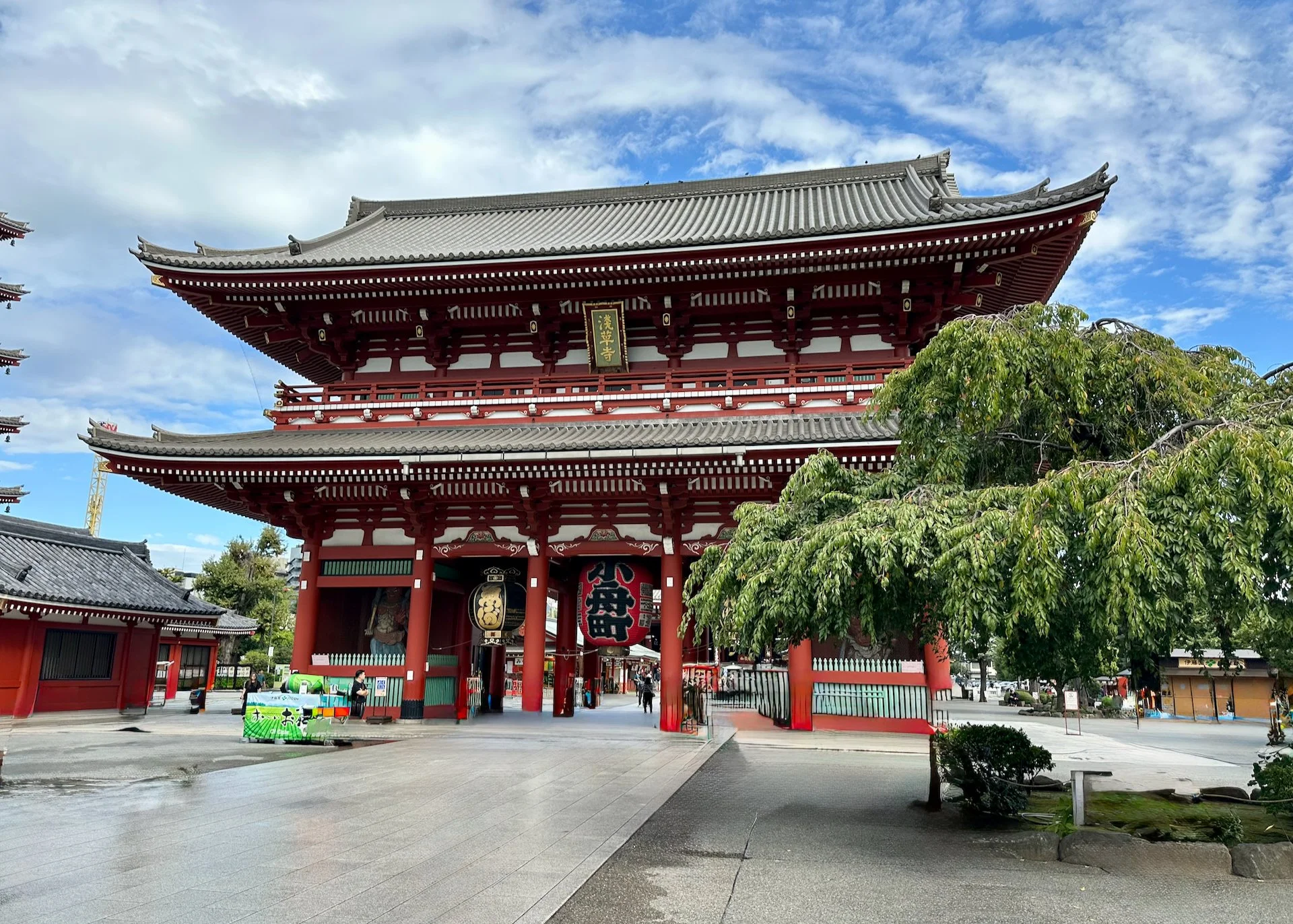
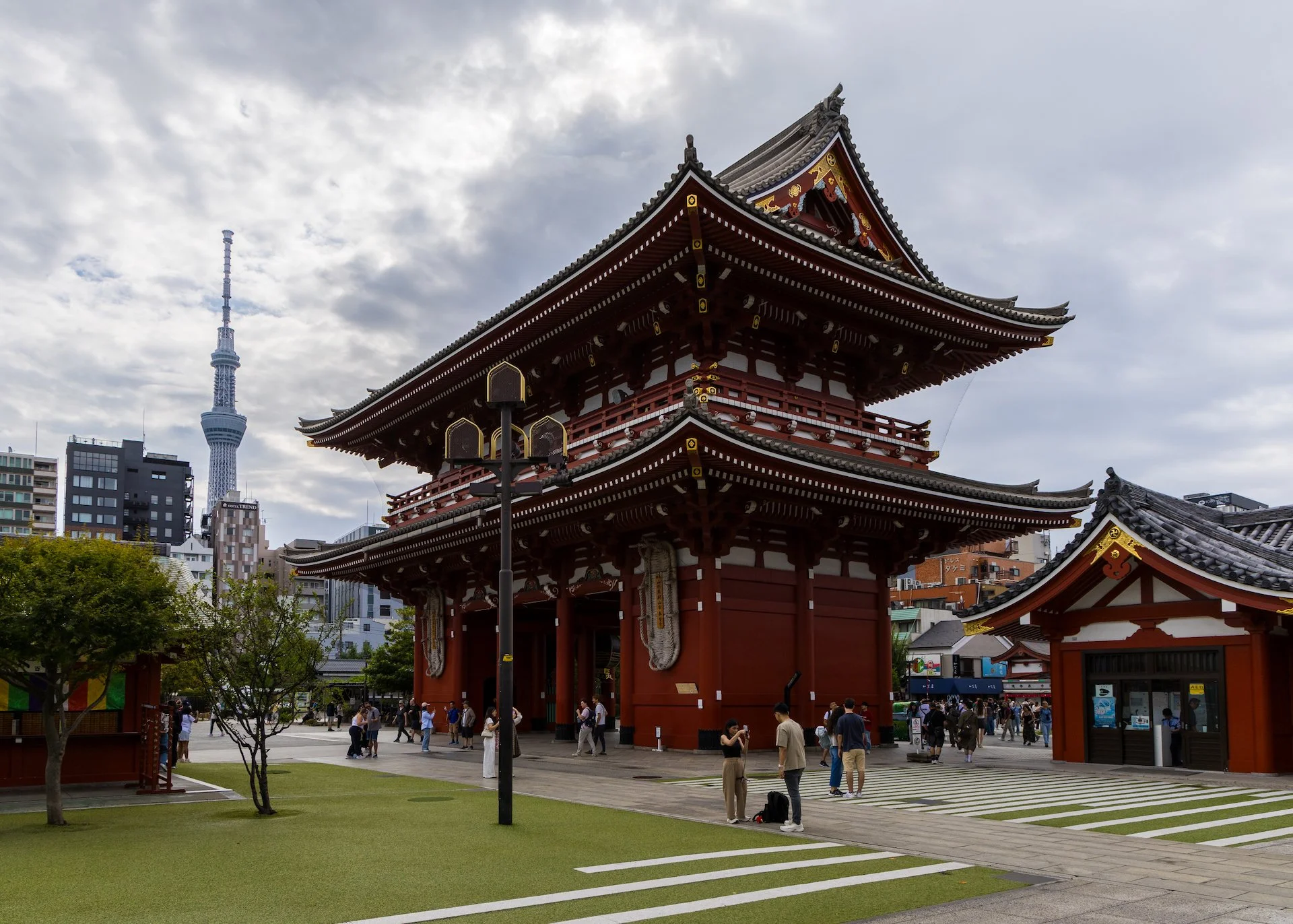
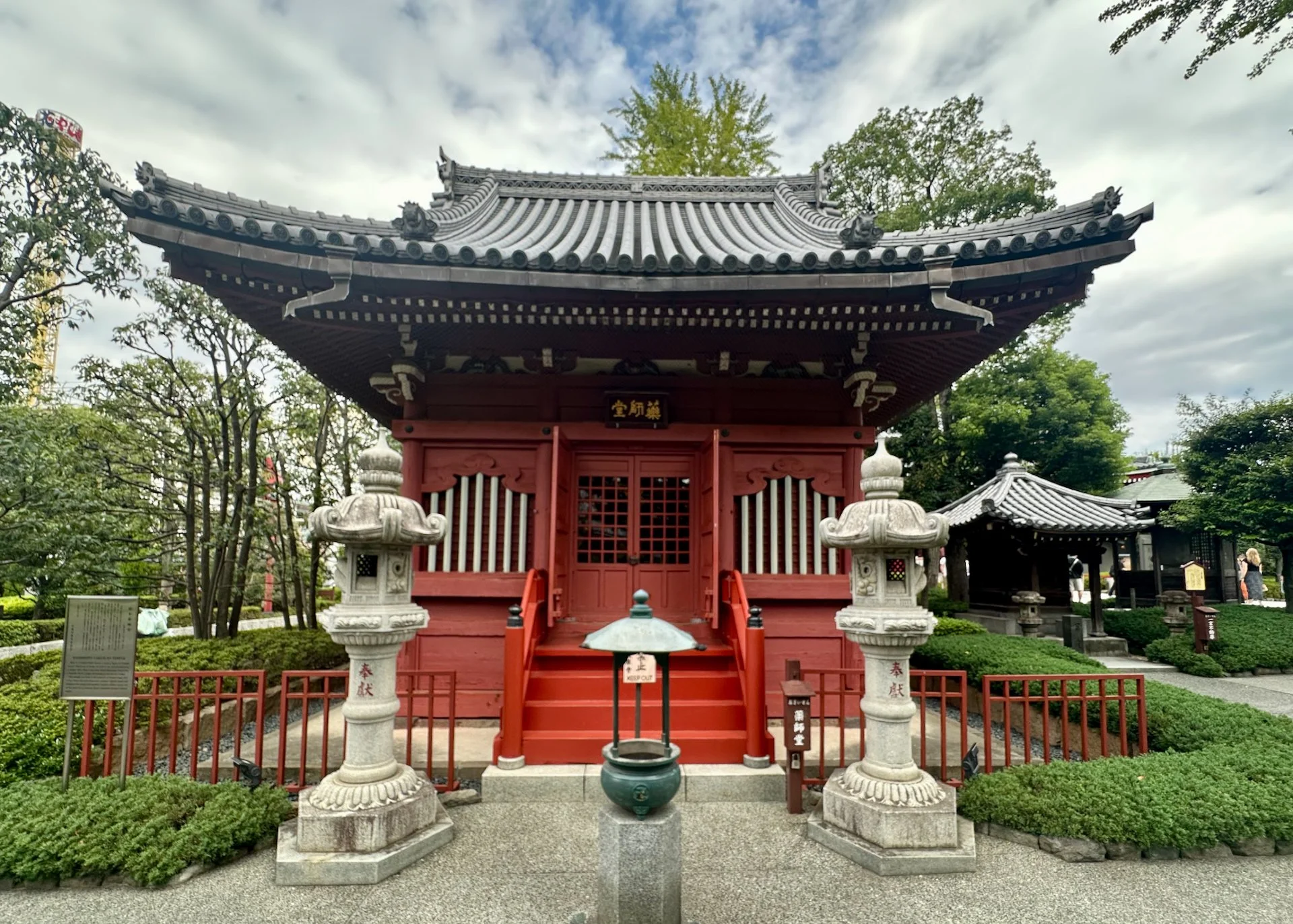
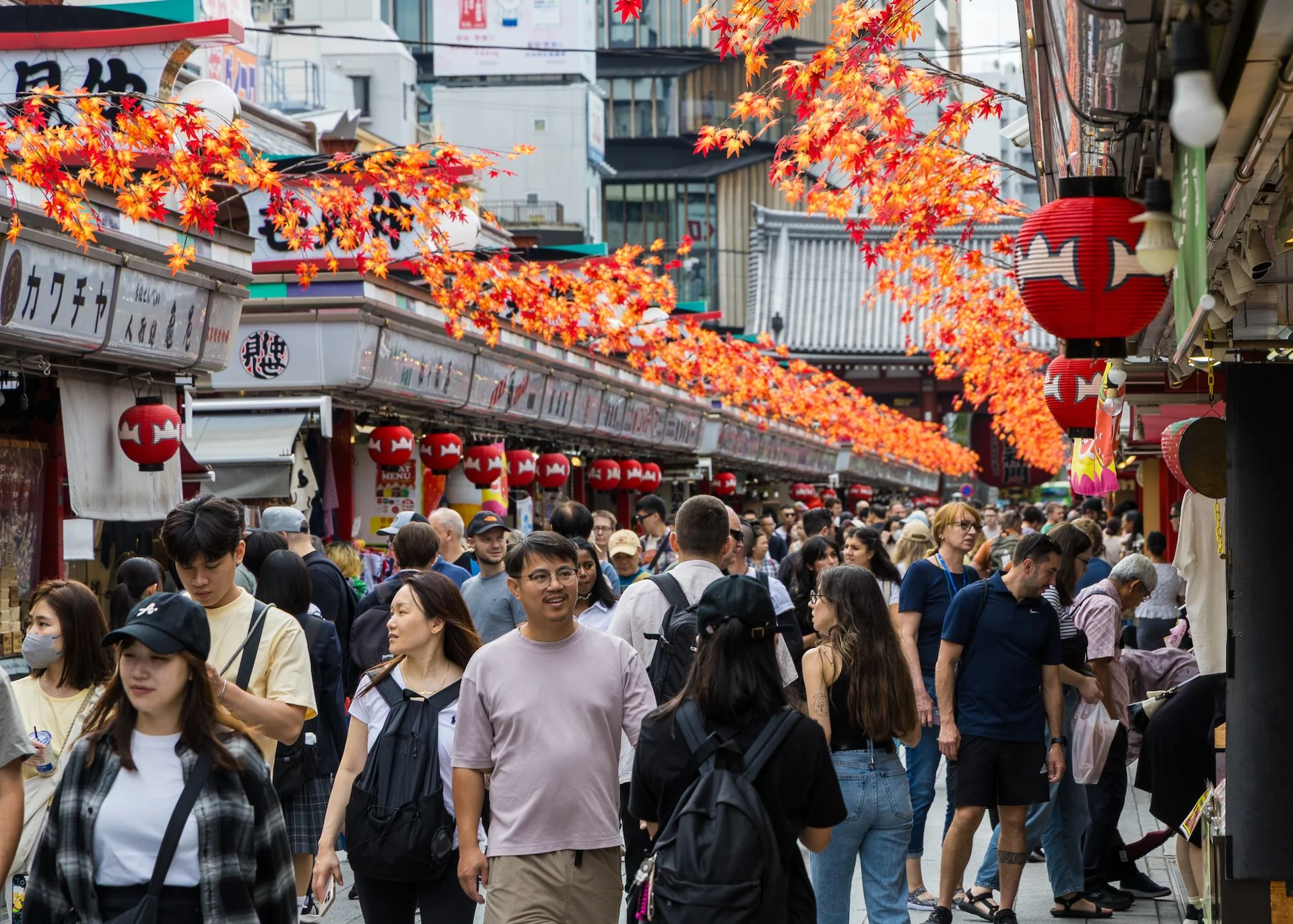
Our walk around Senso-ji.
The insanity that is Don Quijote - and this is not a “big” store
After exploring the temple grounds, we started walking towards Kappabashi Street. Along the way we stopped to get Justine a coffee, and ended up having breakfast.
What we’ve discovered is that the Japanese don’t really do take out. It’s considered rude to walk and eat, so most people don’t. Which gave us a great excuse to stop and relax and enjoy a late breakfast.
After breakfast, we kept wandering and found ourselves on a local shopping street, and had our first experience with Don Quijote, affectionately nicknamed "Donki,". It’s a popular, chaotic, multi-story discount store chain.
Known for its floor-to-ceiling merchandise, loud jingle, and late or 24/7 hours, it sells everything from groceries and quirky Japanese snacks to cosmetics, electronics, and costumes - it’s a fun one-stop shop. These are hard to explain if you haven’t been there to experience it.
We browsed for a while, taking in the craziness before heading back on our way.
You know you;re in Kitchen Town when…
Kappabashi is Tokyo's famous Kitchen Town and is the place you go to for all things cooking and housewares. The main street lined with over 170 stores selling everything for the restaurant trade. And knives.
The last time I was in Tokyo I really regretted not buying a high quality Japanese cooking knife. So my mission was to find one this time. The were three or four stores that I had come across in doing some research, but as we walked there must have been at least a dozen knife shops as we walked up and down the street.
It really was quite amazing - so many cool stores with different pottery, bowls, and other cooking supplies. We saw huge pots, lots of appliance stores and more chop sticks than you could imagine. There were also to odd clothing stores, and in one Justine found a very cool pair of pants that she purchased. It was an independent designer, and he also had a very cool shirt that I liked, but sadly, it was Japanese-sized and did not come close to fitting me. Too bad - I really liked it.
We wandered the street for a while and I looked at knives in many stores. Funny enough, the service in the first one was the best, and we ended up going back there to purchase the knife I wanted. A carbon steel, single bevel Nakiri (vegetable) knife. It’s beautiful and should last me a lifetime.
Our walk up and down and around Kappabashi Street.
After finally making my purchase, it was time to find some lunch. We headed off the main street and found a local spot. It ended up being one of the best meals we’ve had, both for the quality of the food and the experience. We ended up with a seafood noodle dish that they cooked right in front of us, on a hot plate built into the table. It was great!
After our meal, we walked about 20 minutes to another stationary store that Justine had wanted to check out. This one allowed you to make custom journals, picking all the parts and then assembling them yourself. It was a pretty great place. We didn’t end up making a custom journal, but Justine did find a nice pre-made one that she purchased.
After all the shopping, we needed a bit of a break and so headed over to Rikugien Gardens. Another thing that we have noticed is that there are so many amazingly manicured little gardens around the city. This one was a bit larger, built around a small pond. But it was so pretty. You could imagine how spectacular it would be in the spring with the cherry blossoms, or a few weeks later with the fall colours. But even now in the off season it was lovely. We walked around for about an hour before heading back to the subway.
It was another beautiful little park, in the heart of the city.
Another great tree that needs help staying upright! I know how it feels after all these days of walking.
Our walk around the Rikugi Gardens.
Another view of Tokyo Station, with more AI assistance.
We made a short stop back at the hotel before continuing our exploration in Akihabara, or "Akiba”. It is Tokyo's "Electric Town" and the global epicenter of otaku (geek) culture. It's renowned for towering electronics stores, multi-story arcades, and shops specializing in anime, manga, and video games. It's also famous for its themed dining experiences, such as maid cafes, offering a deep dive into Japanese pop culture. This was my place to explore - particularly Yodobashi and Bic Camera. Yodobashi is a monster of a store - 10 stories of electronics (plus one full floor of cloths, including a Uniqlo). And these are big floors the size of a major department store.
But sadly, I did not end up buying anything! A lot of the things I was interested in were actually more expensive than back in Canada, and there just weren’t that many “unique” items - things you can’t get elsewhere. Even a simple thing like a new case for my iPad ended up being a bust. But it was still a wild place to check out and worth the time to explore.
We have to talk about Gachapon. These vending machines are extremely popular across Japan and offer a huge variety of high-quality, collectible miniature toys, often based on anime, manga, video games, or unique, quirky concepts. They spit out small plastic balls with something inside them. And they are everywhere. This huge set of them was in the train station in Akihabara! We saw whole multi-floor stores of them. They generally cost between 300-500 yen, and you don’t know exactly what you are going to get. Justine eventually got this very cute, stuffie sea turtle from one.
As we were again late for dinner, we headed up to the top floor of Yodobashi where there are about a dozen restaurants. We picked something a bit at random, and it ended up not being great. The food was ok but it was pricey. Should have known better.
After dinner we headed down and continued exploring the area. We headed across to Bic Camera, a smaller version of the place we were just at. Almost as many floors but smaller footprint. And sadly nothing new and cool to find . We spent a little time wandering the area, but most of the cool electronic stores were closed. Instead, the “Maid Cafes” were in full swing - such odd places - look it up if you want to explore a Japanese subculture that’s unlike anything you might have seen.
Yes, this is the “smaller” one.
At this point we were pretty much done. We hopped back on the train and headed for the hotel. We made another quick stop at the little brewery in the train station, before calling it a night. We had another busy day with an early start tomorrow.
Daily Step Count: 24, 613 - just down, but only a little.
